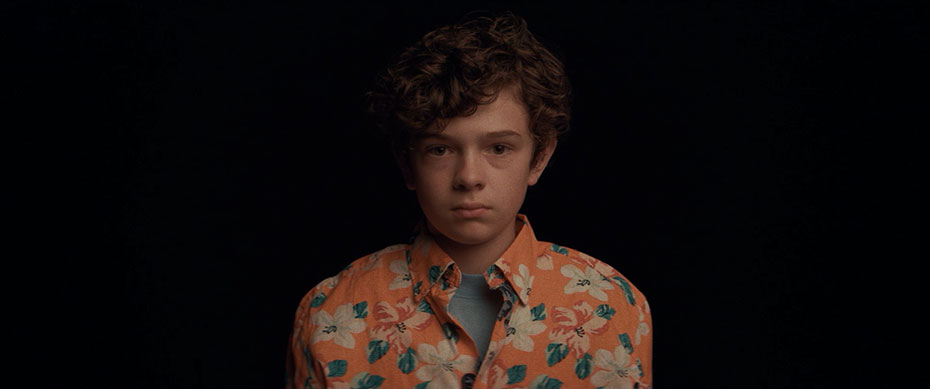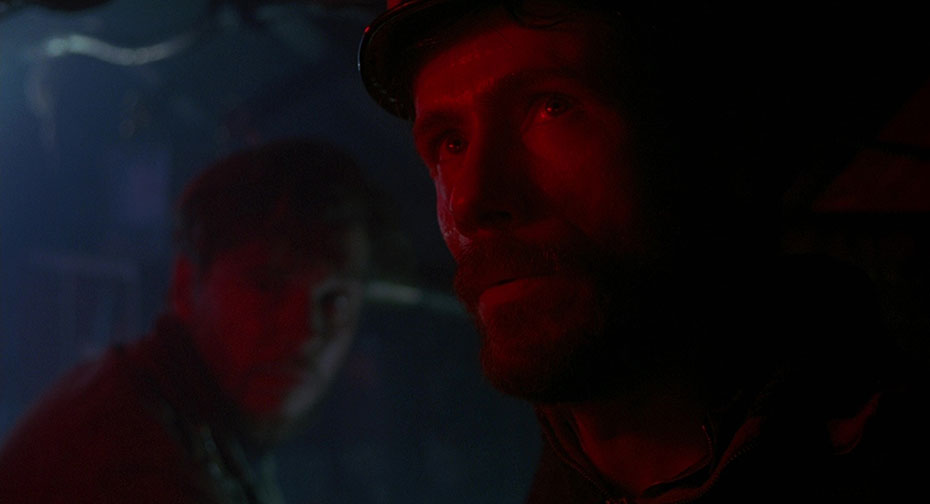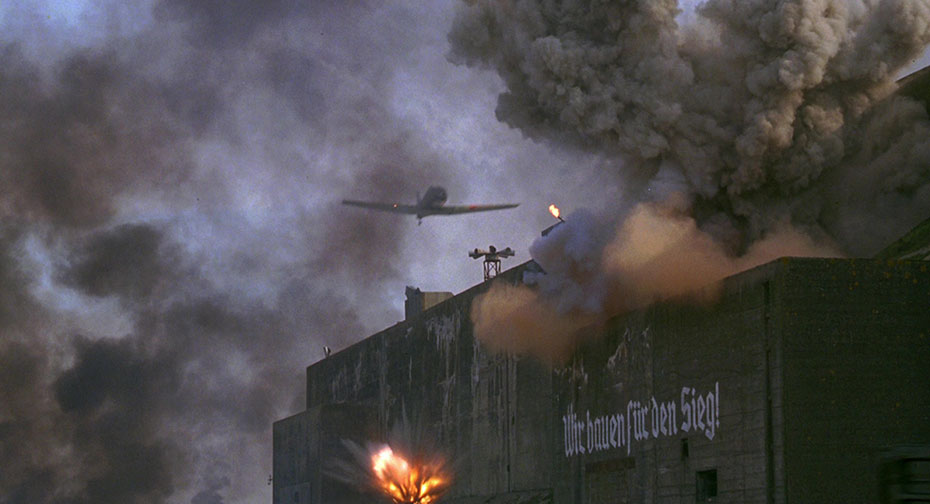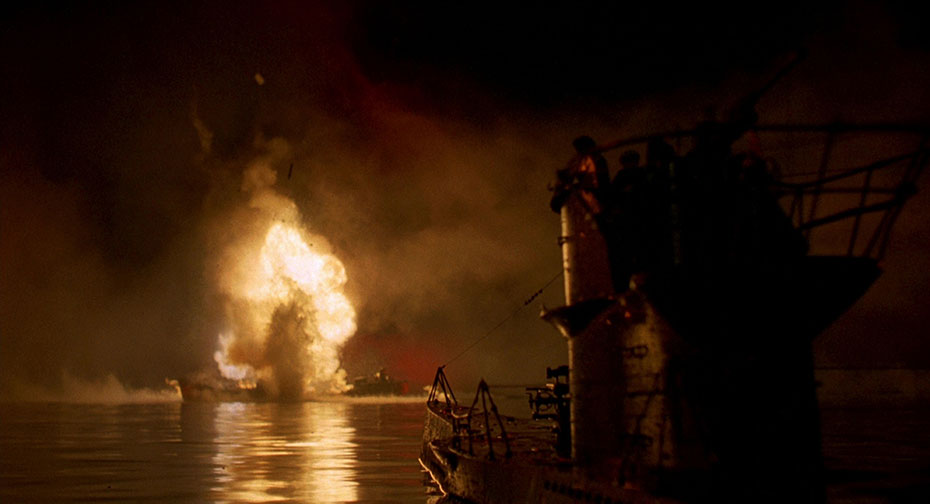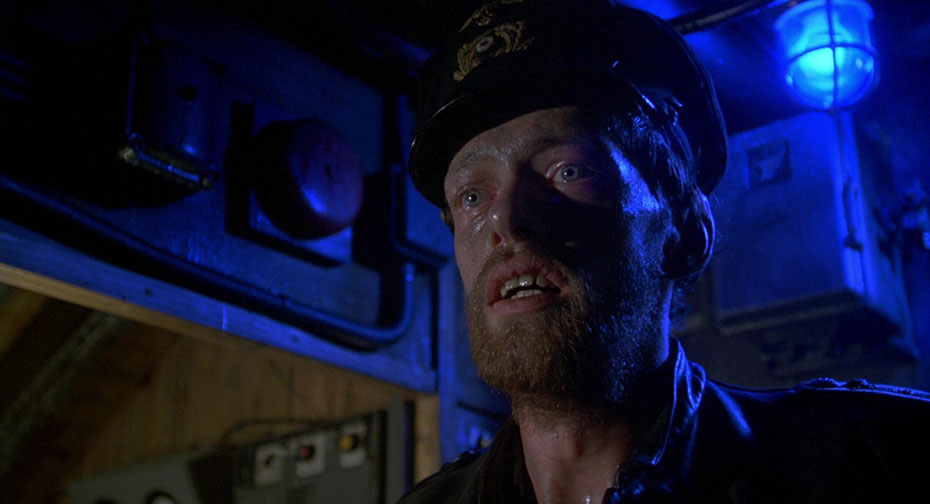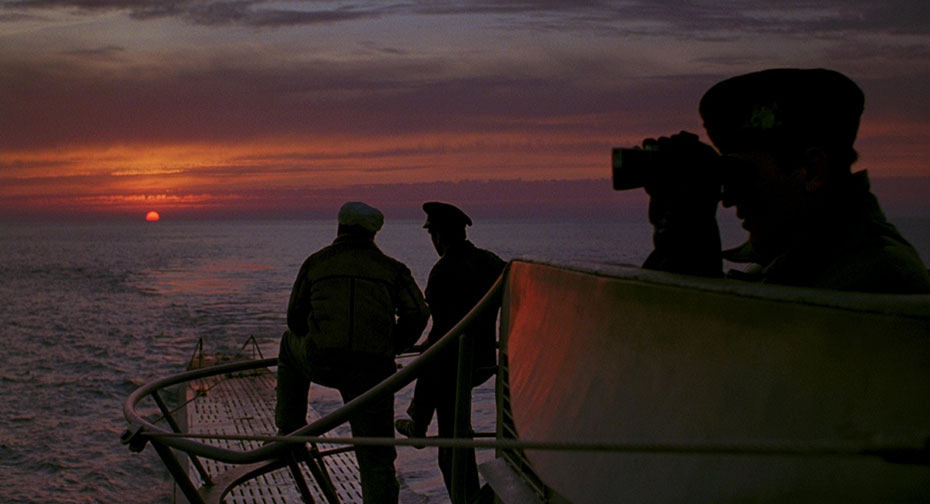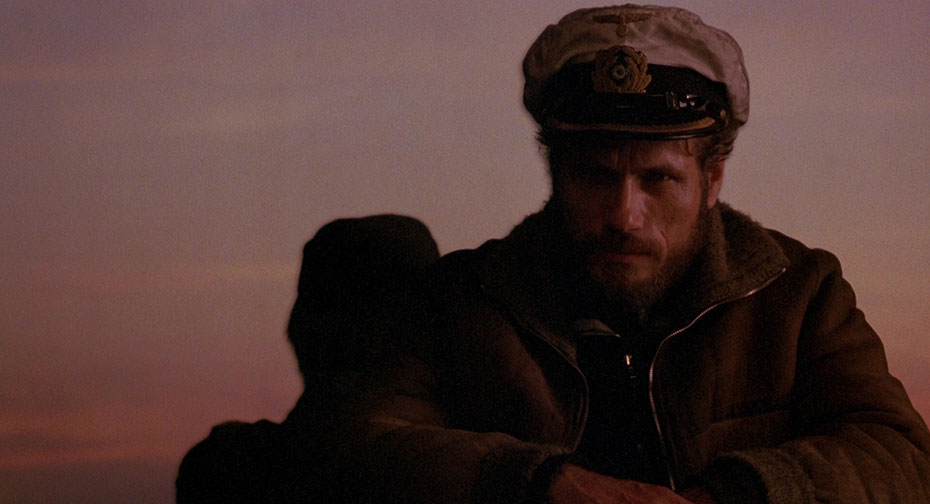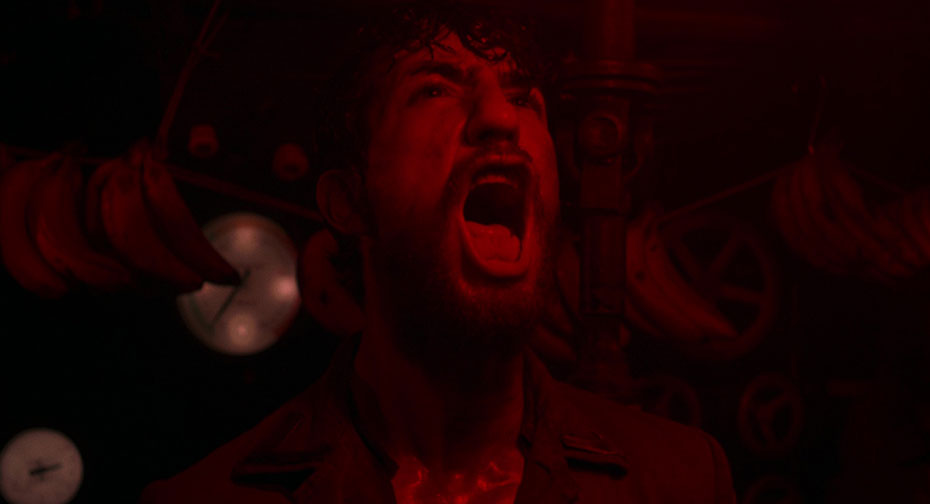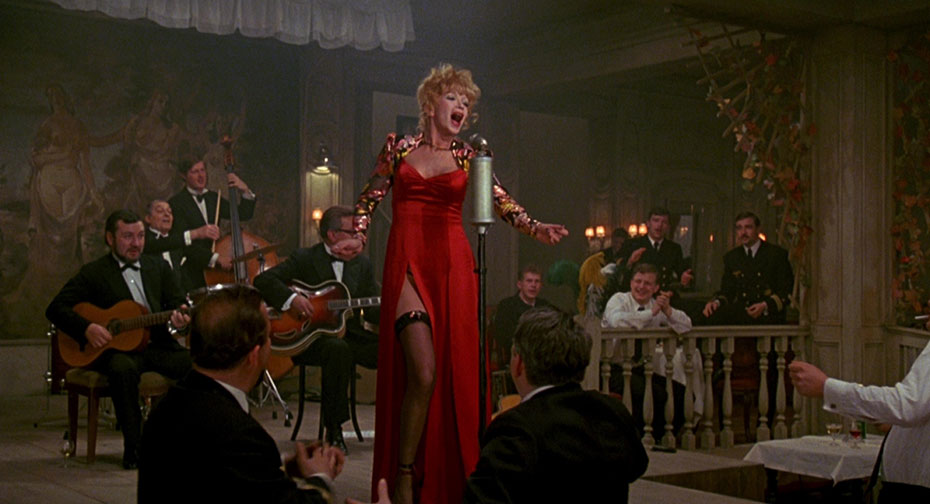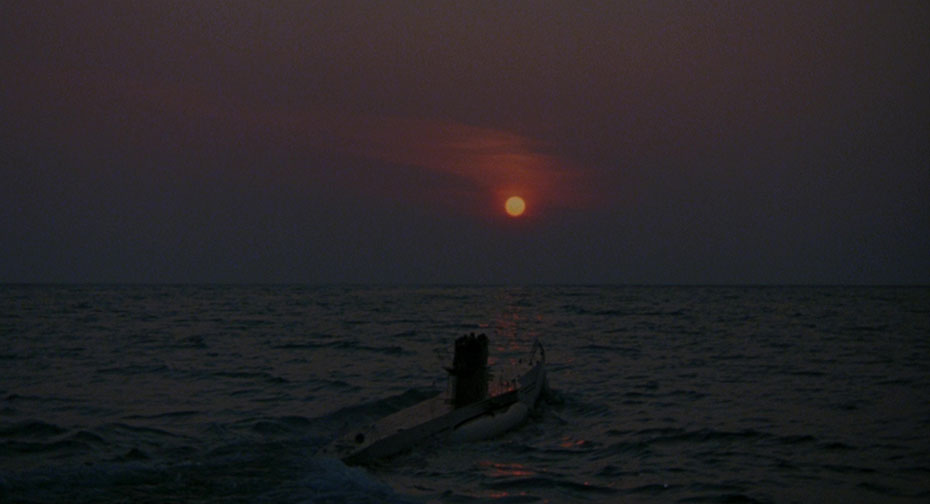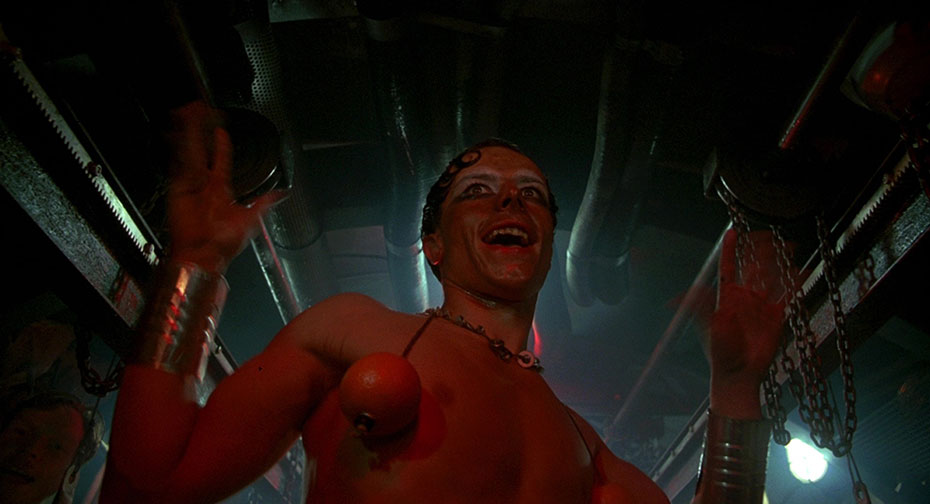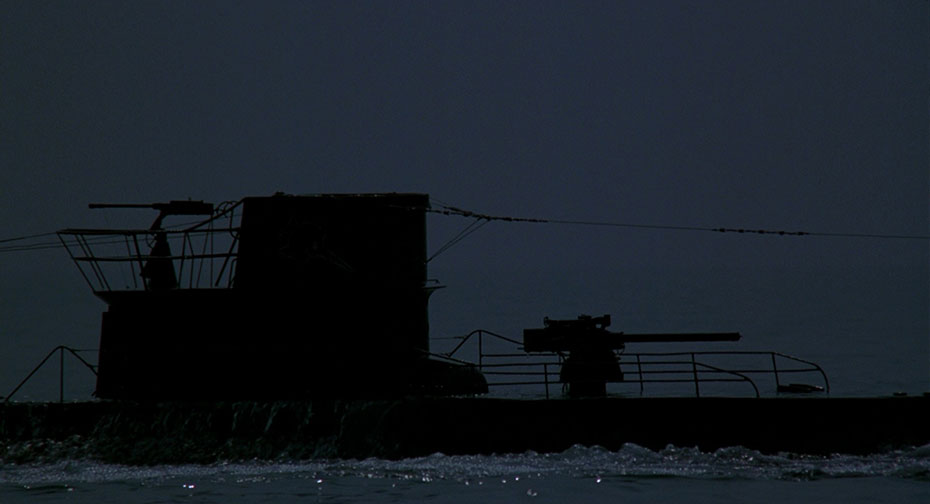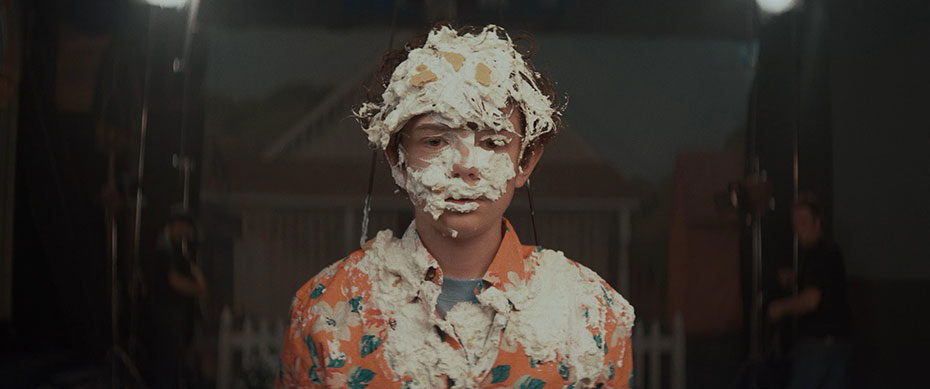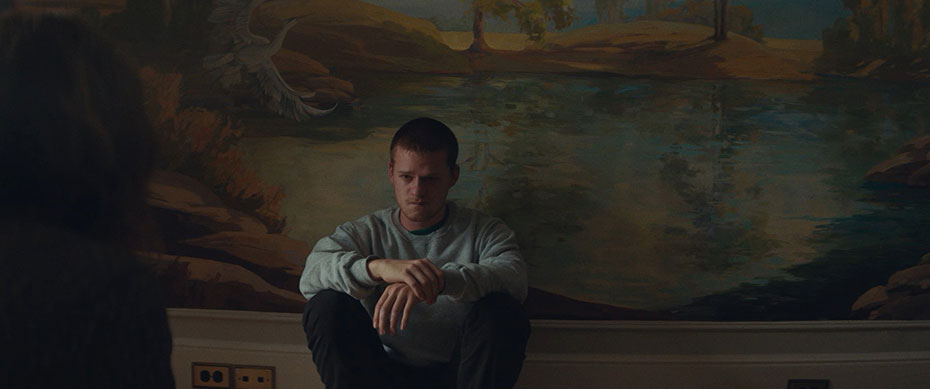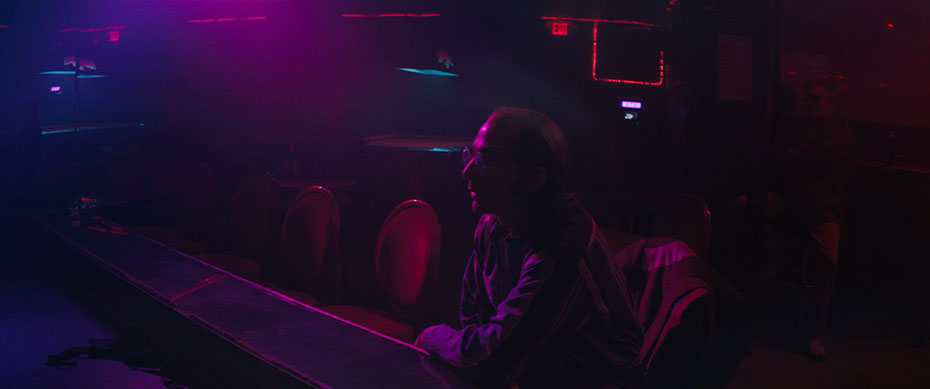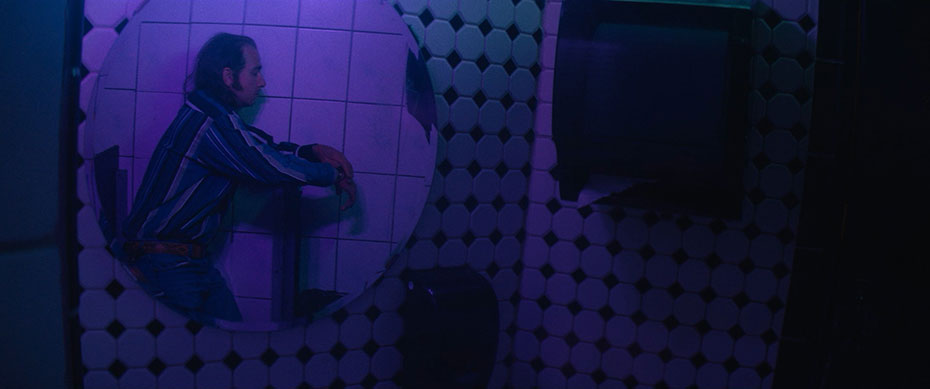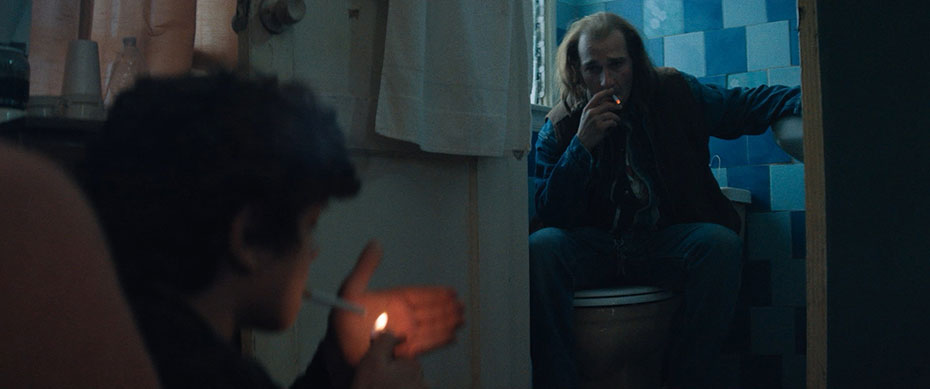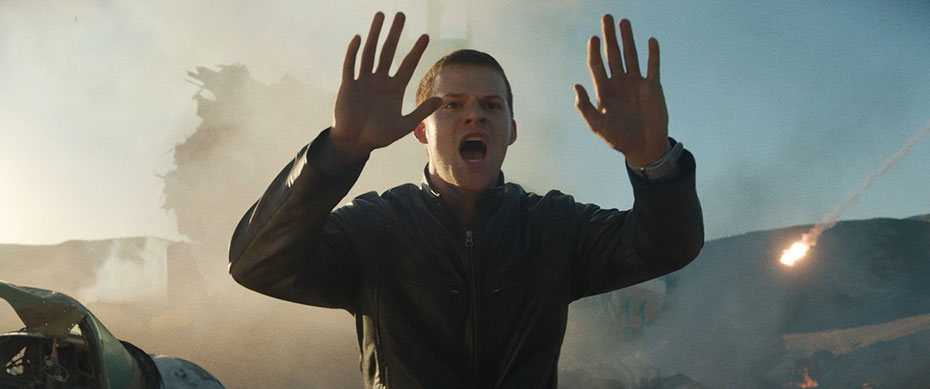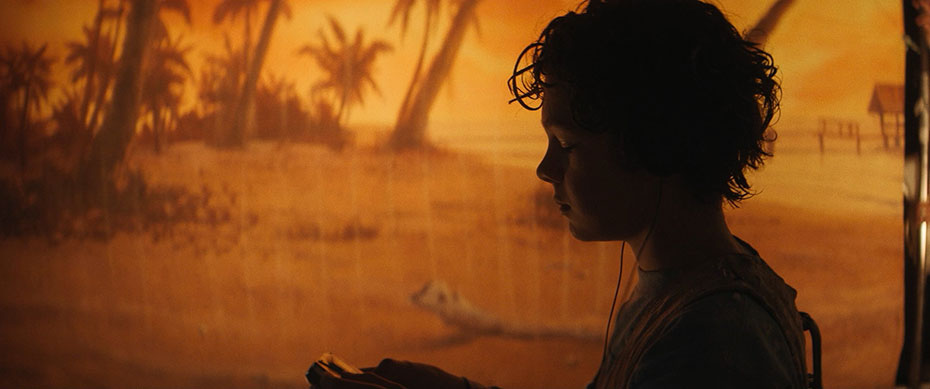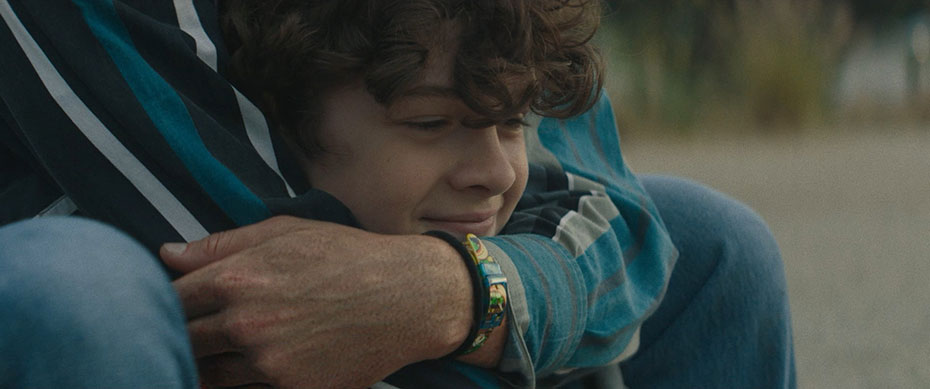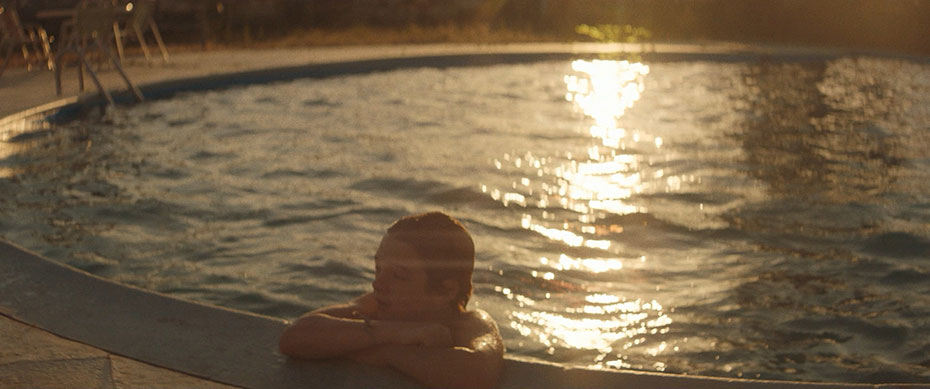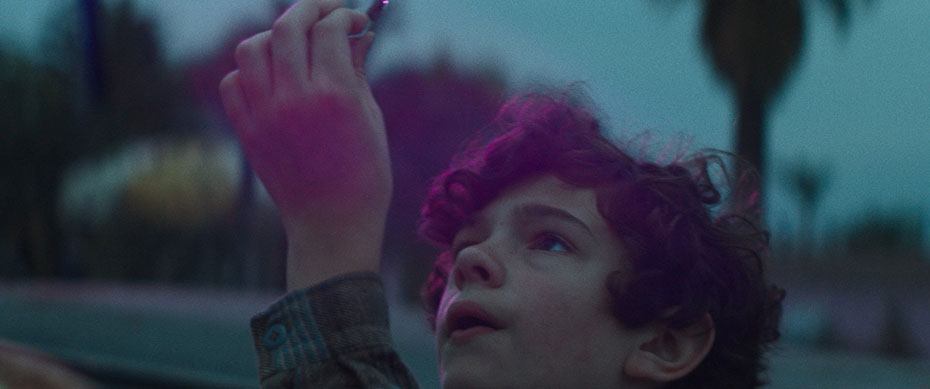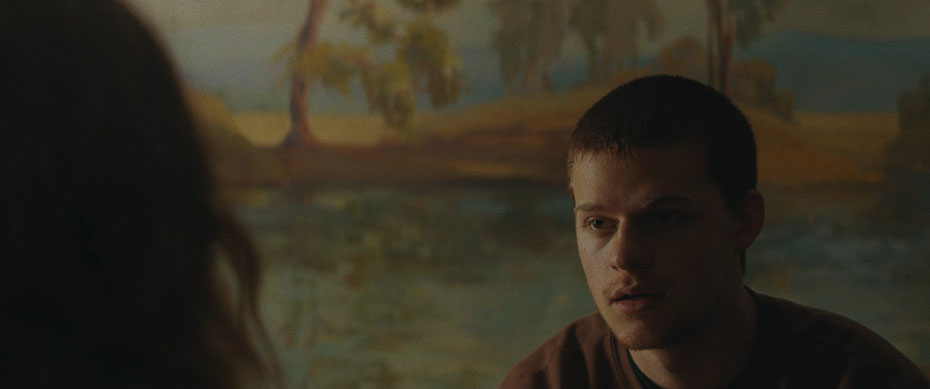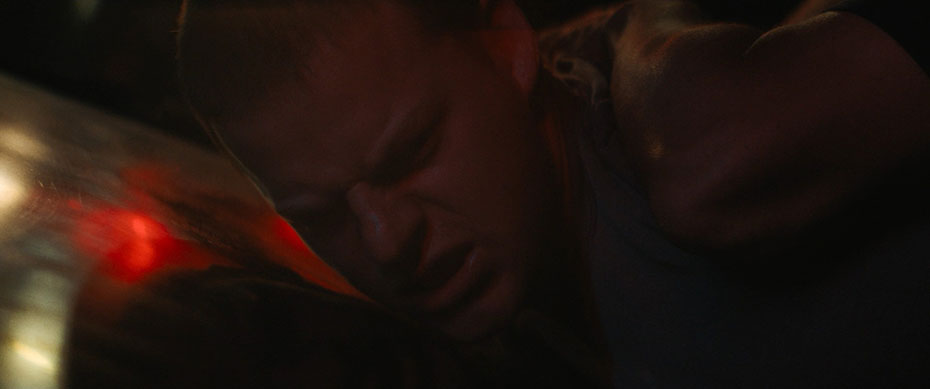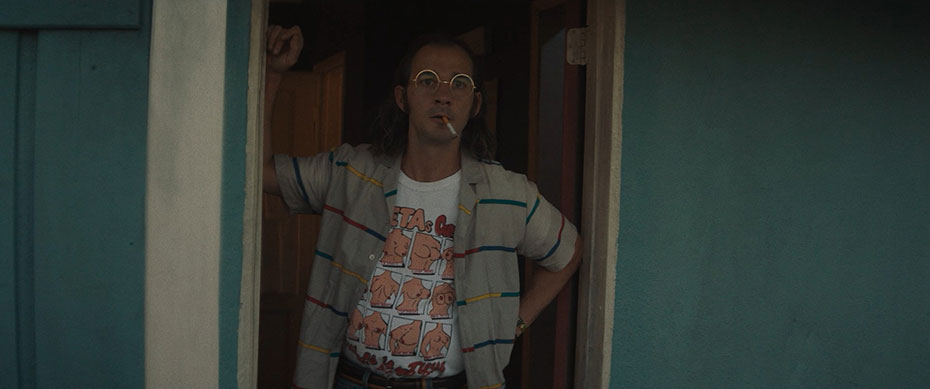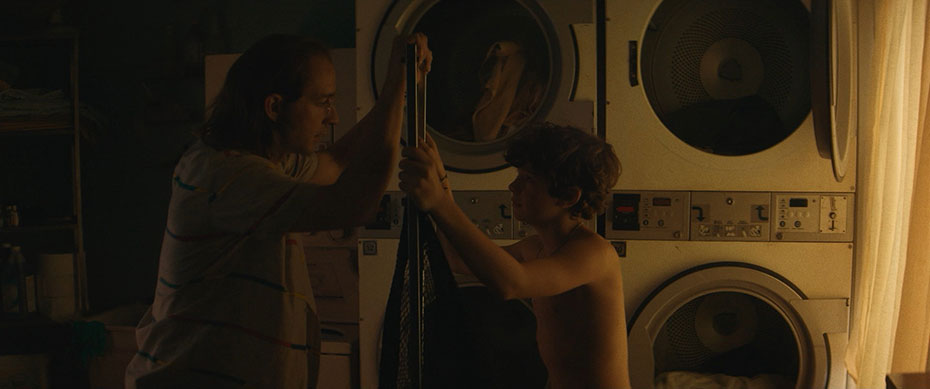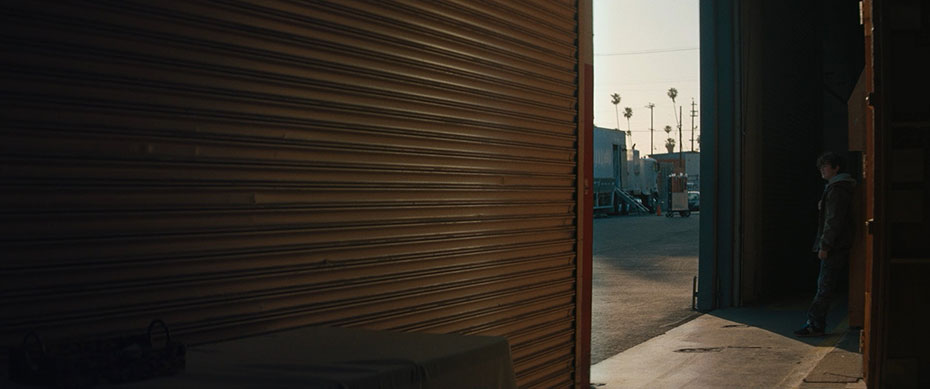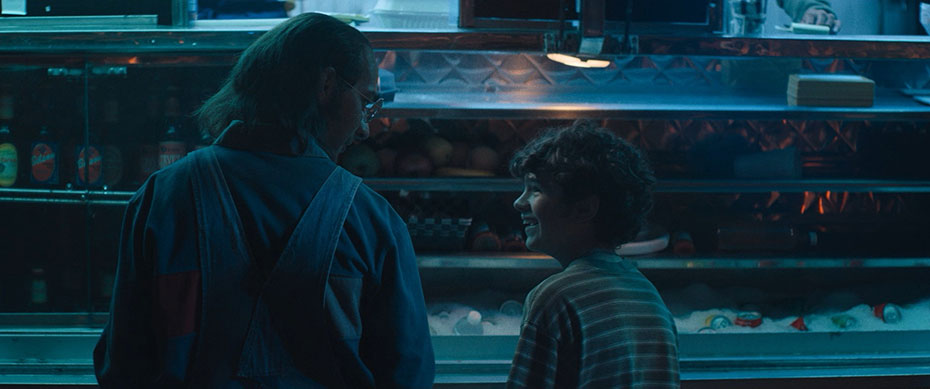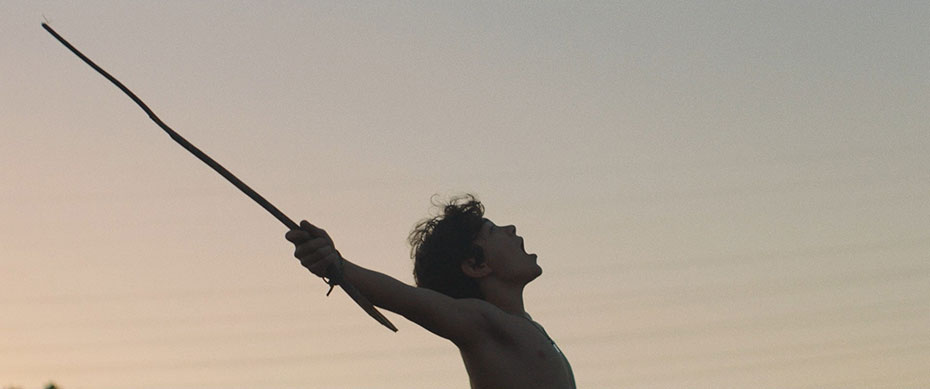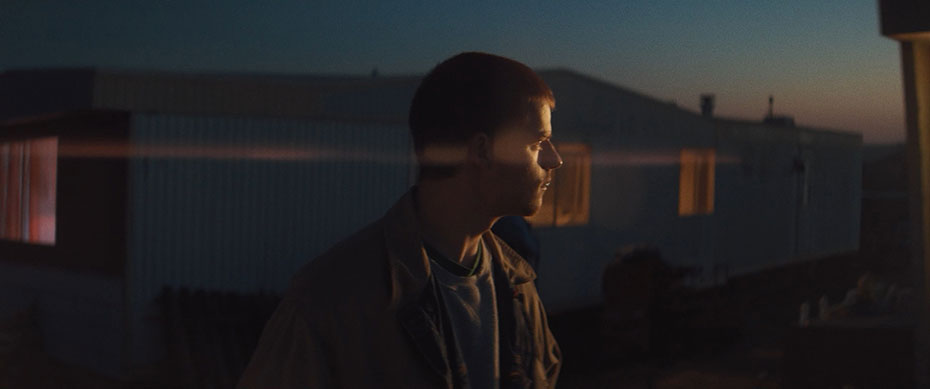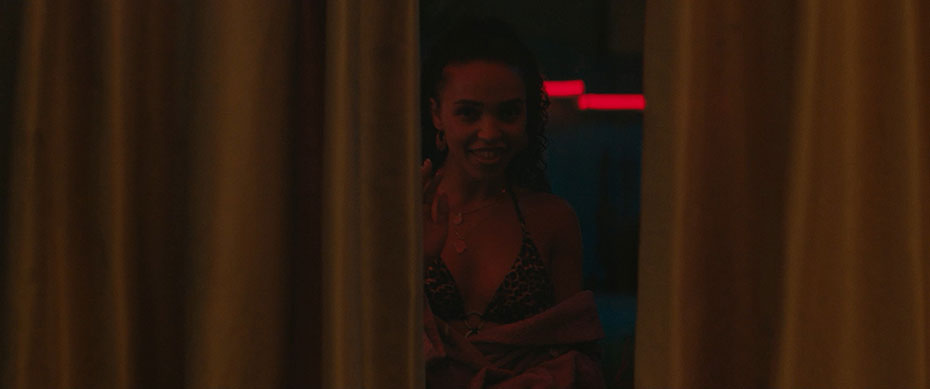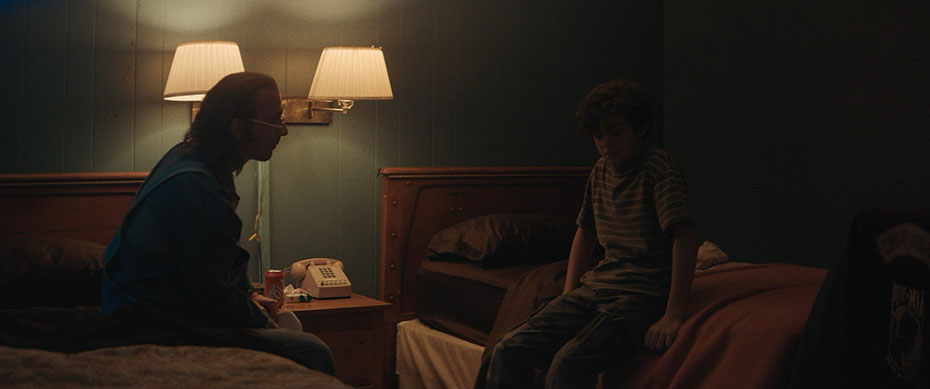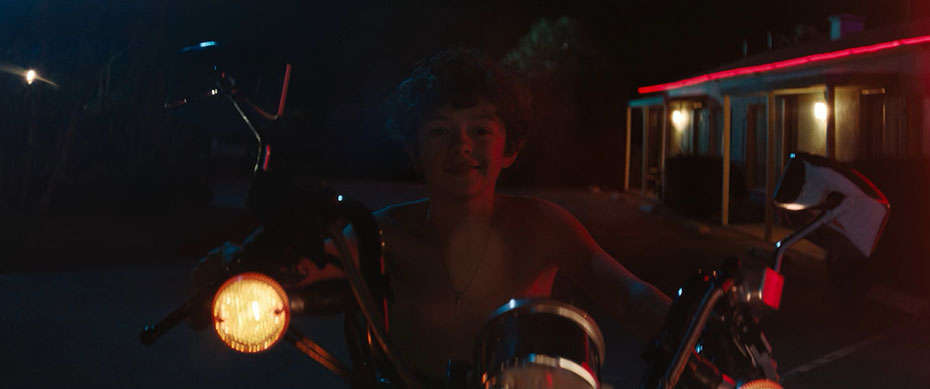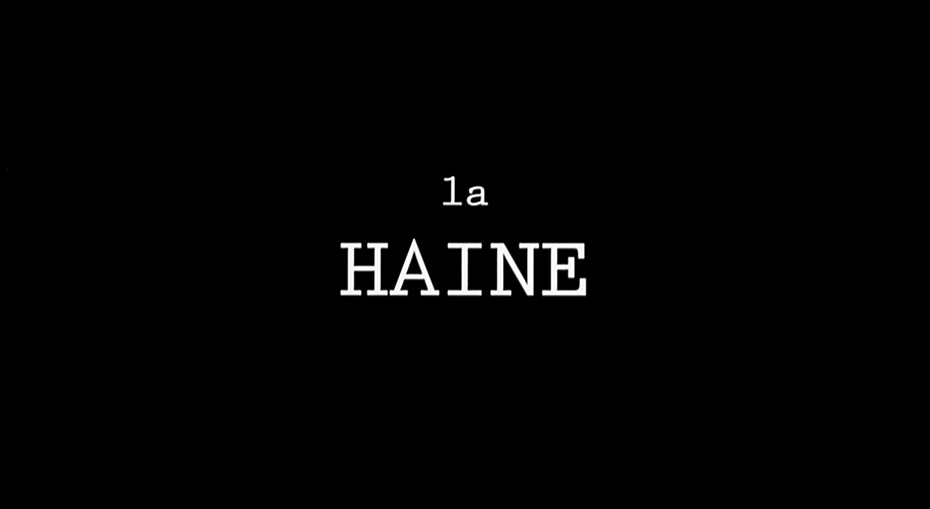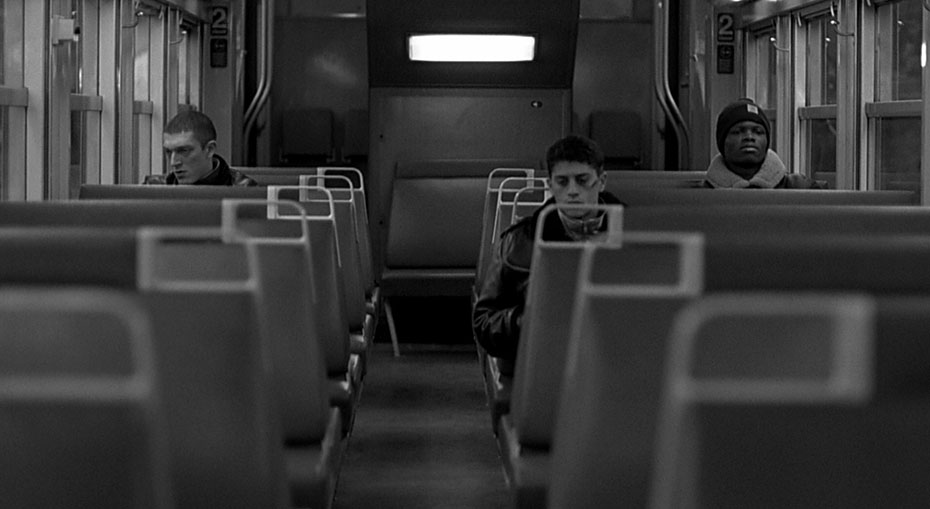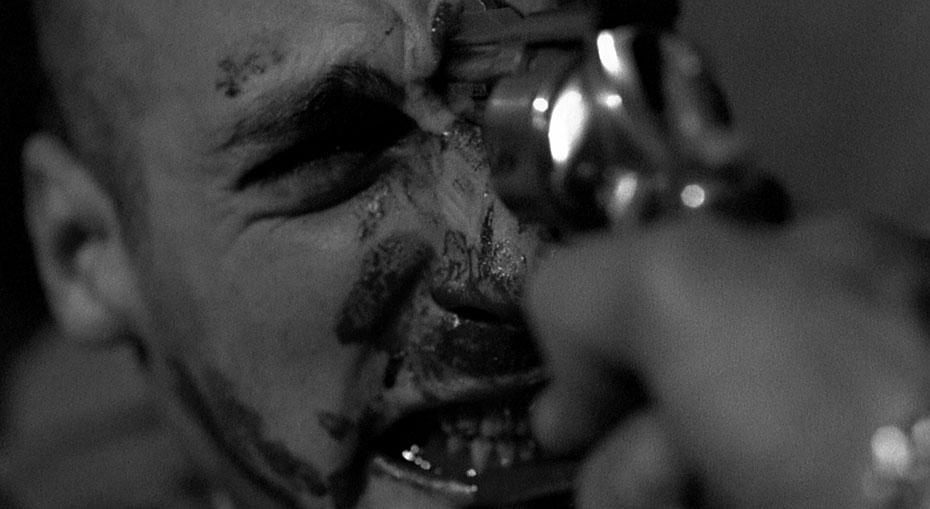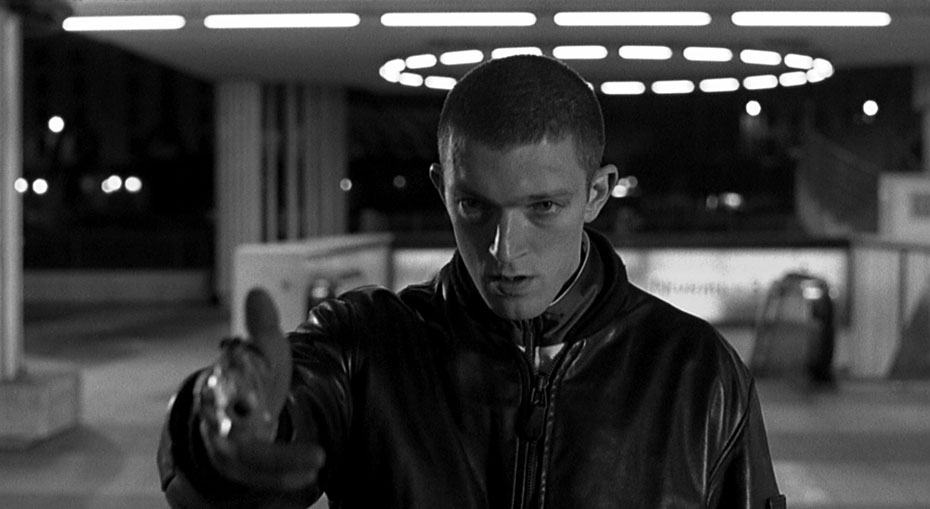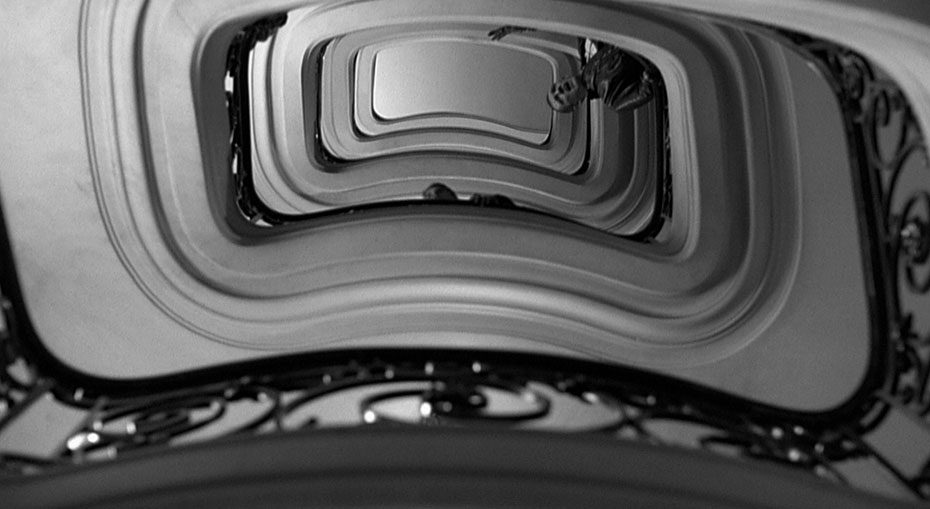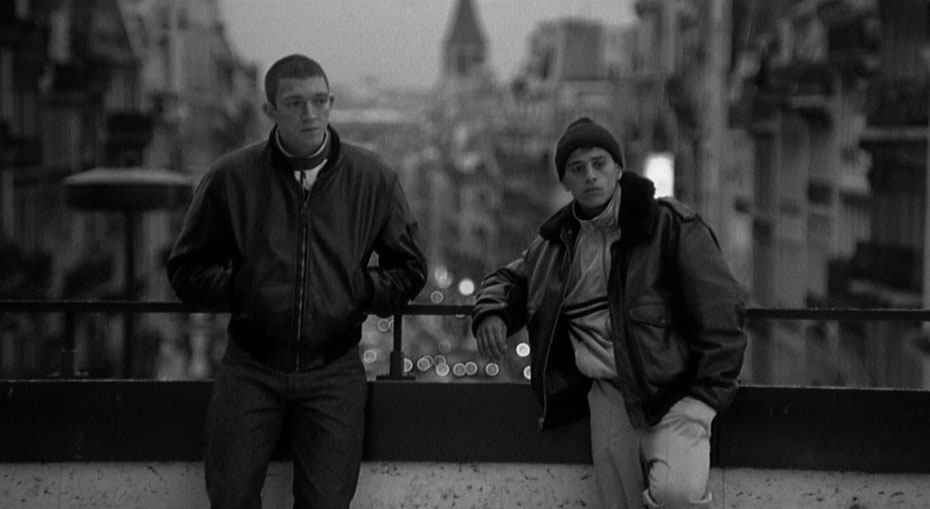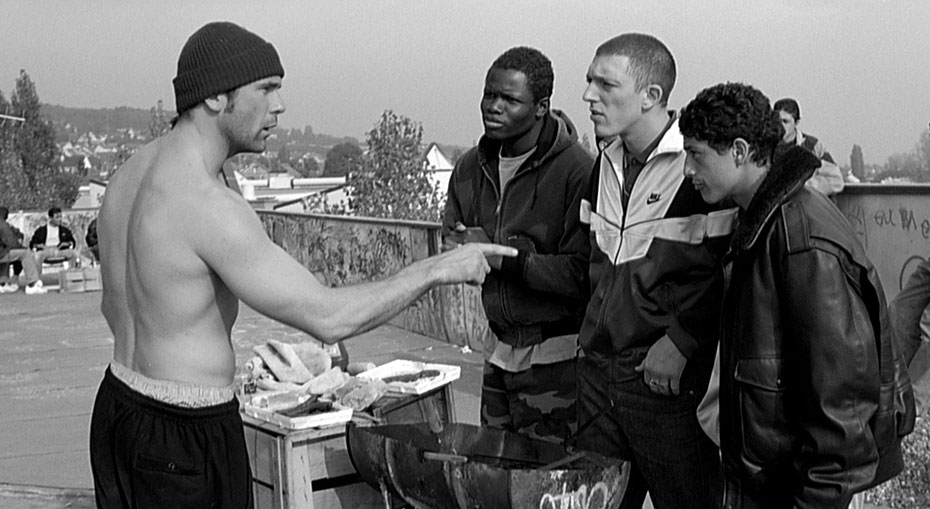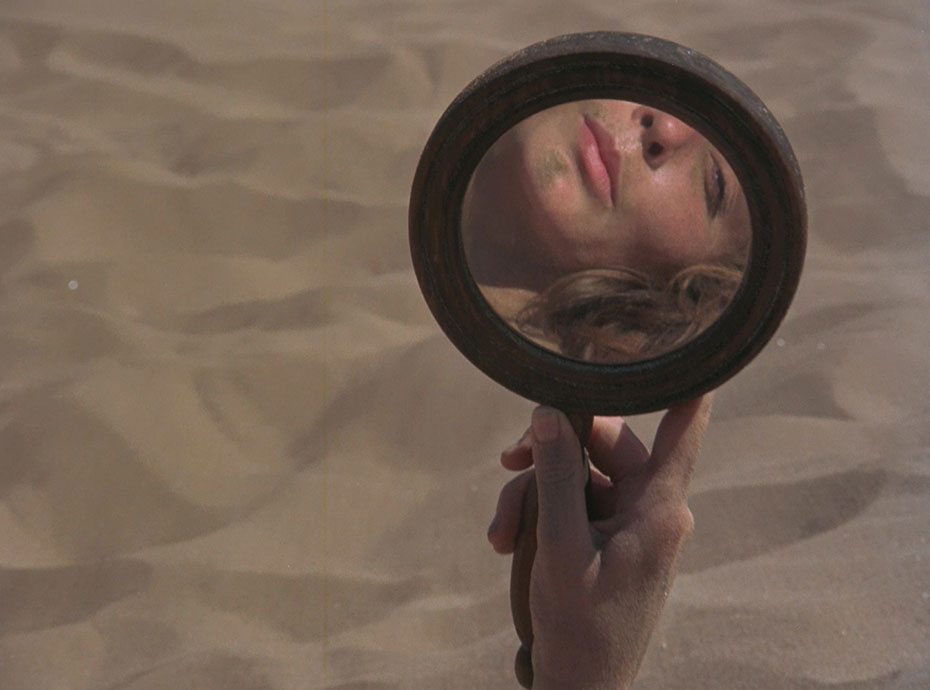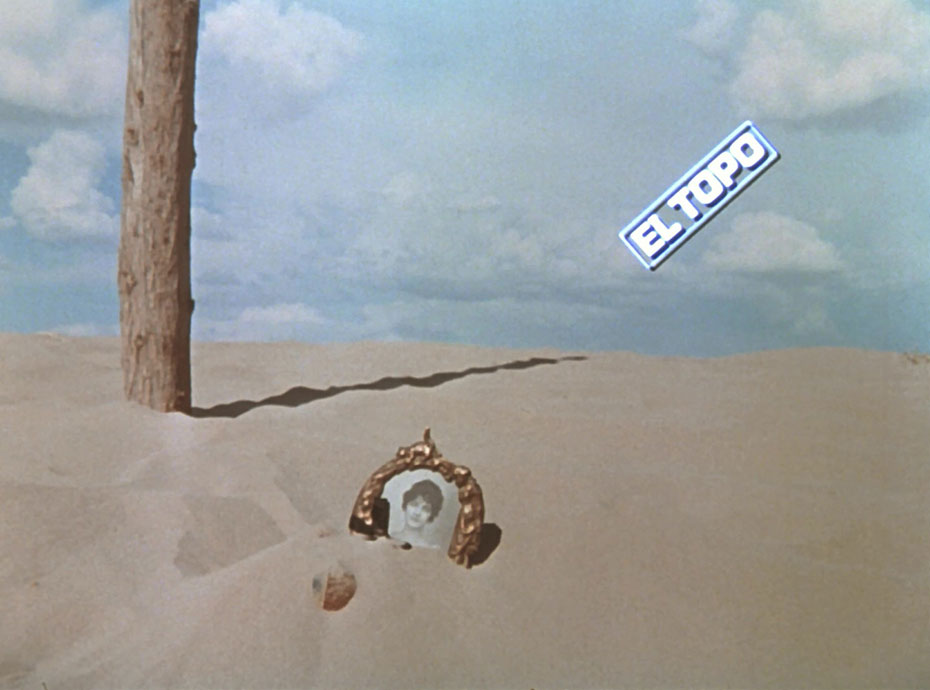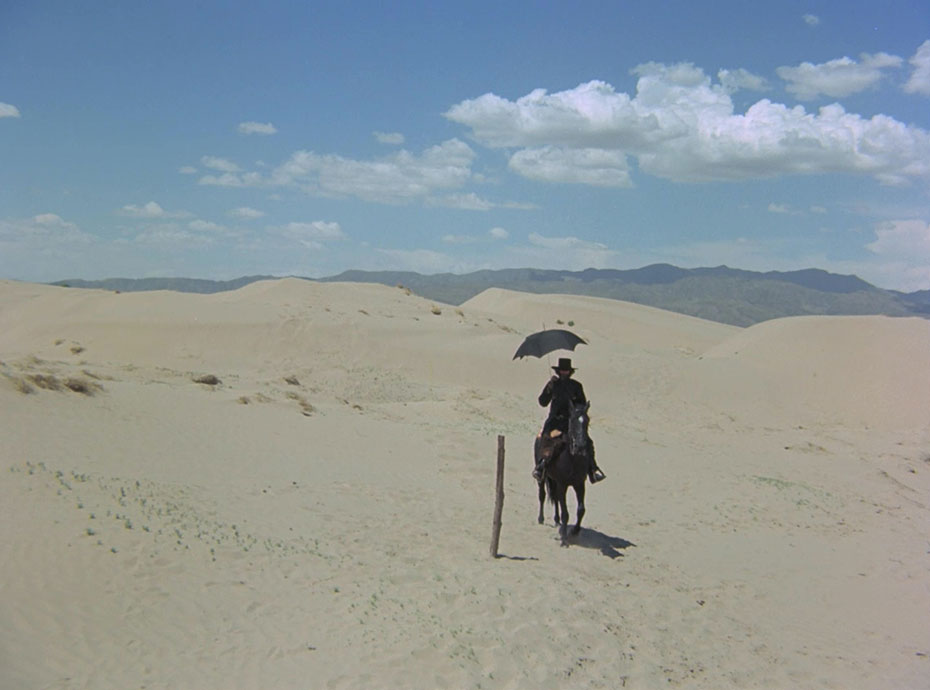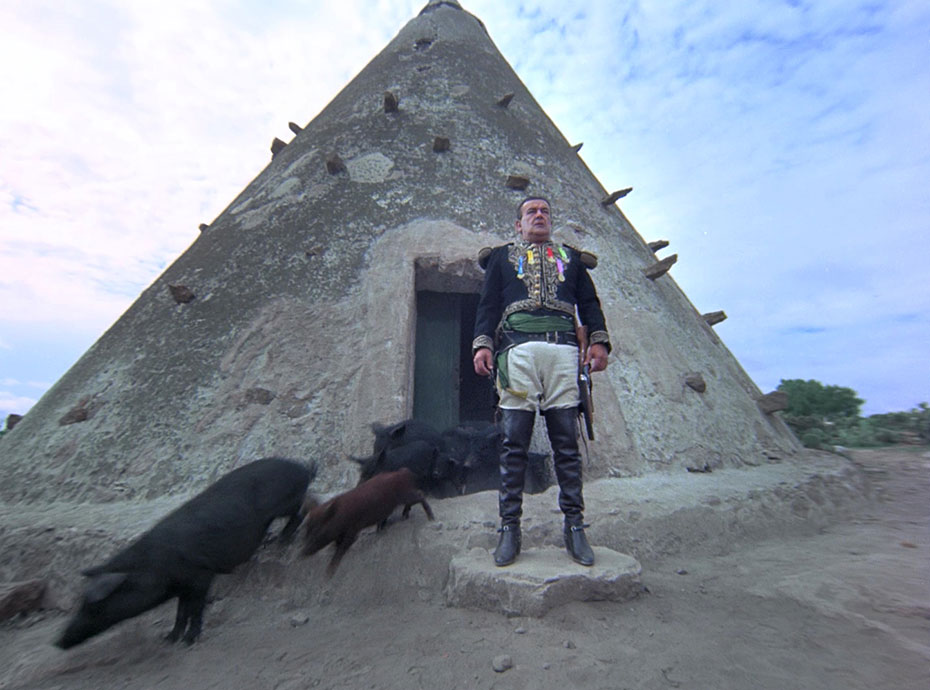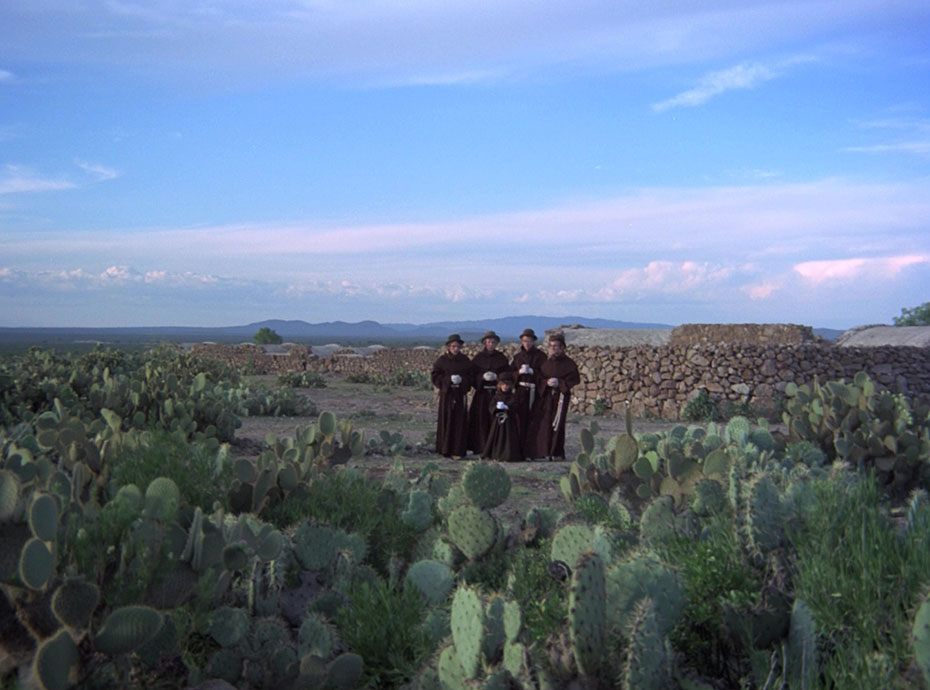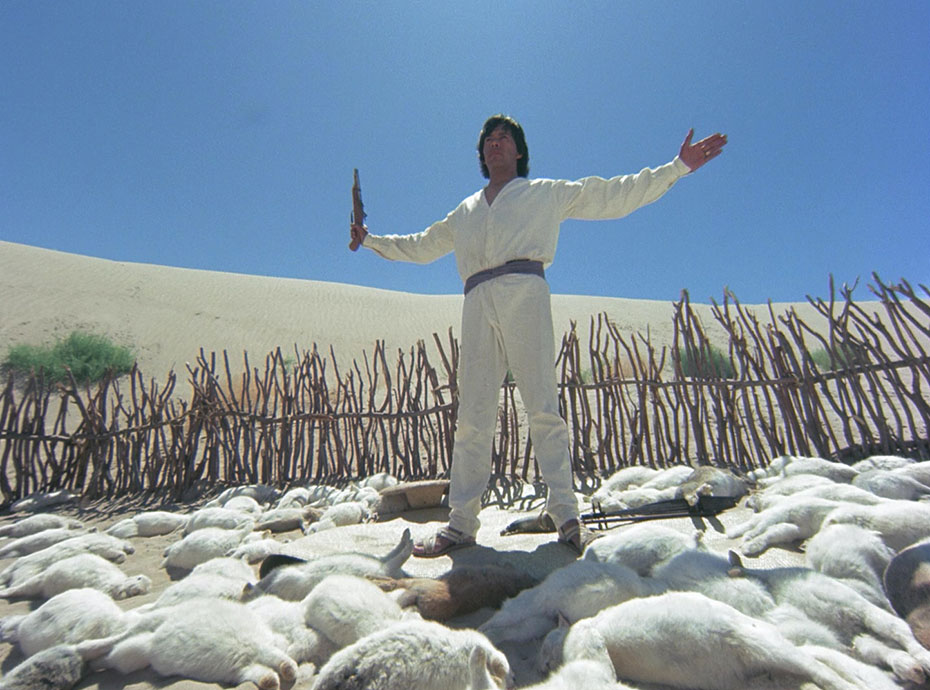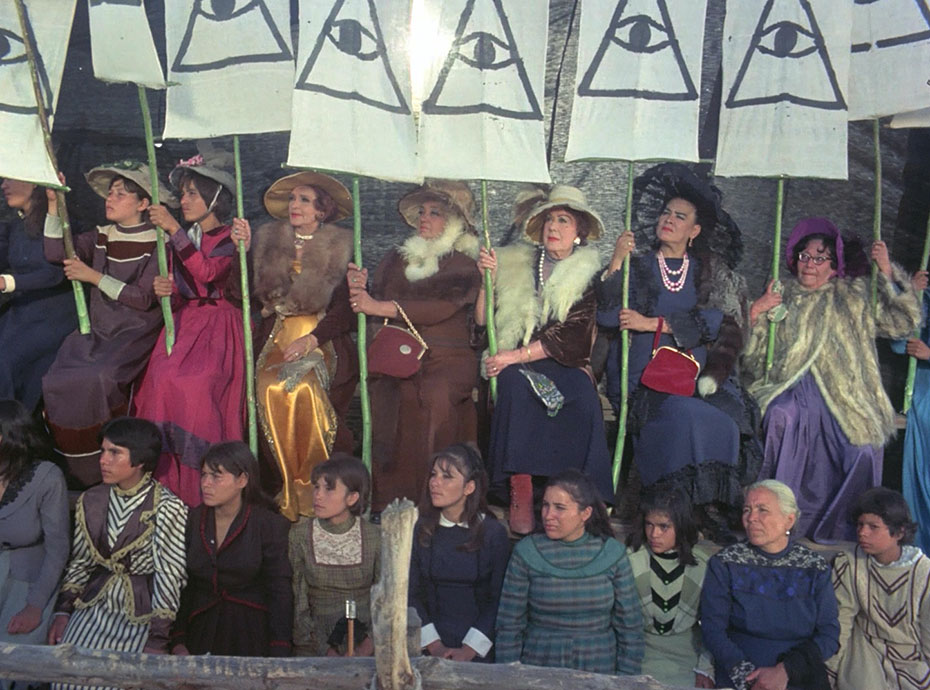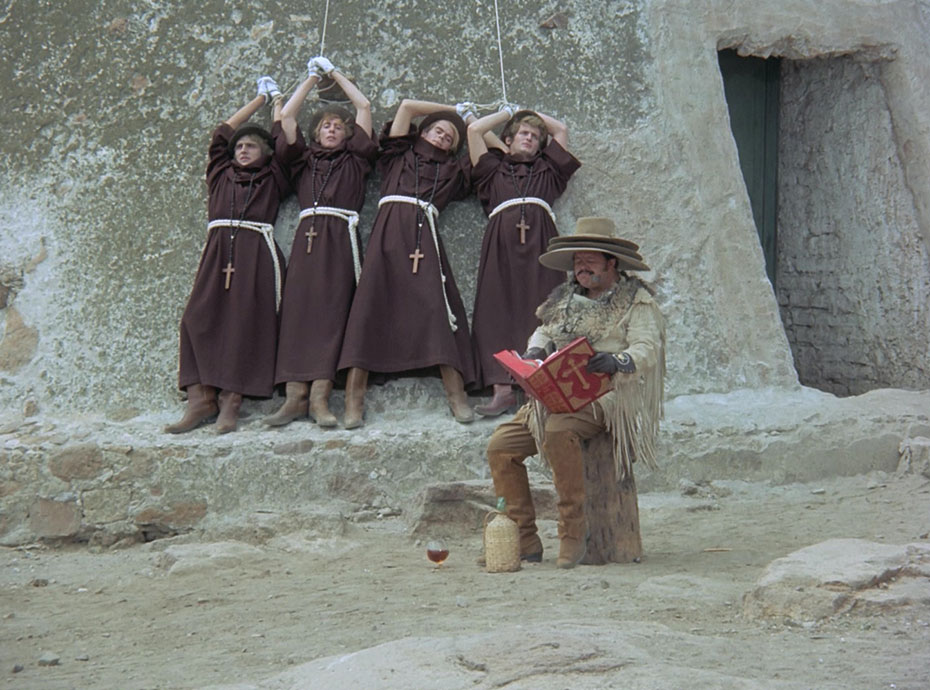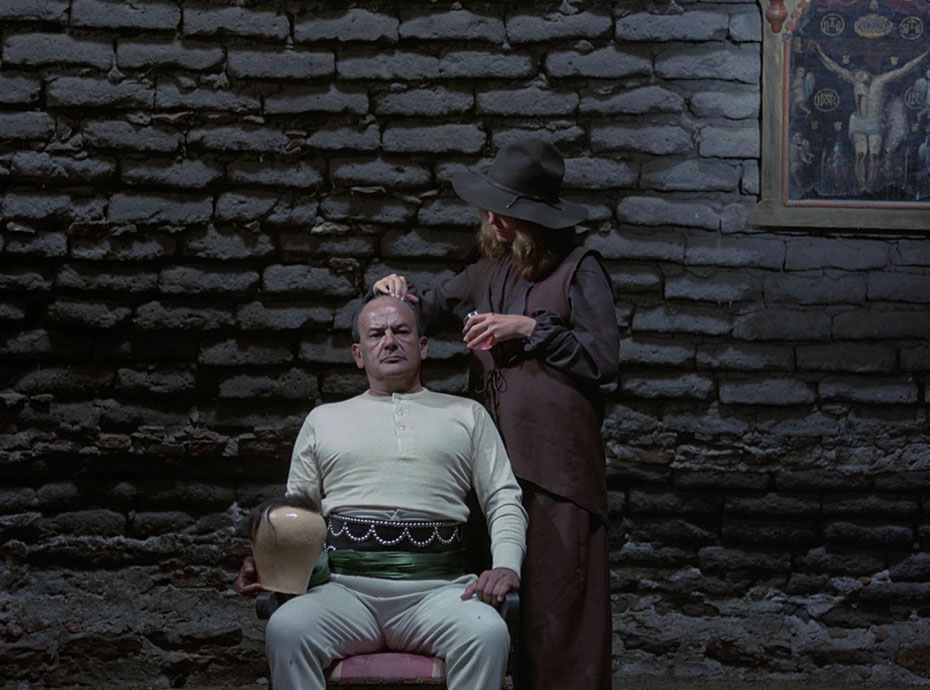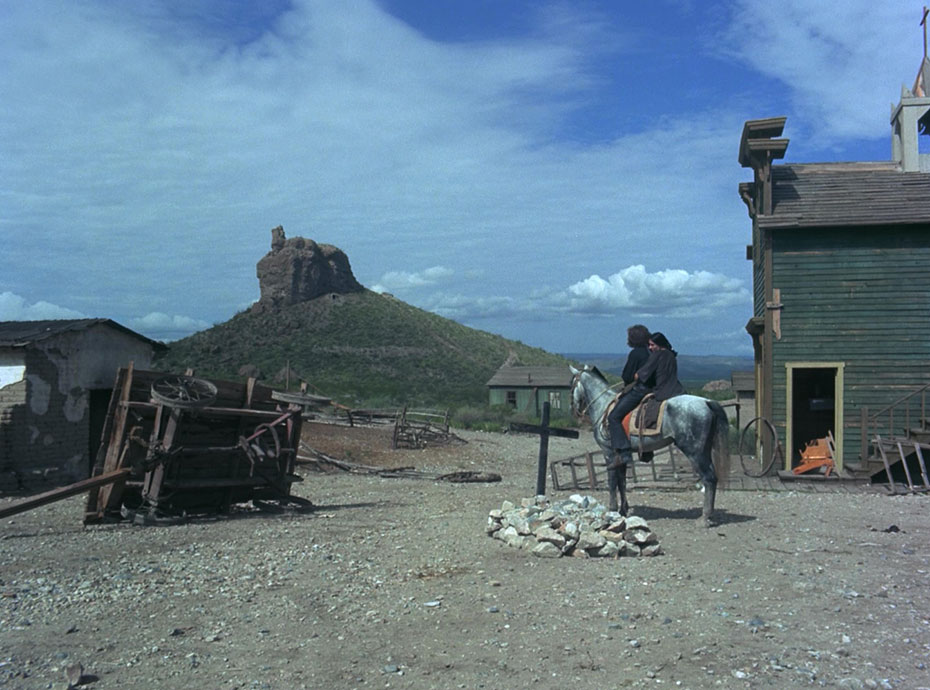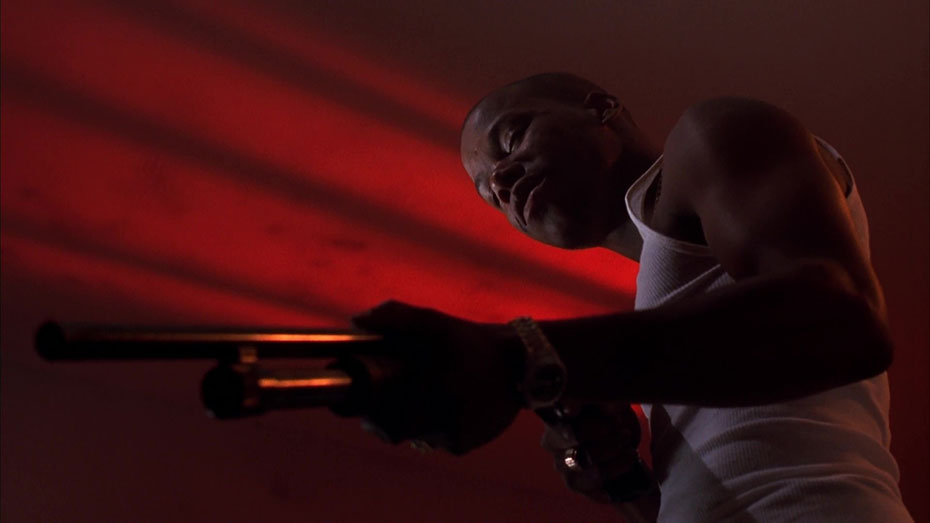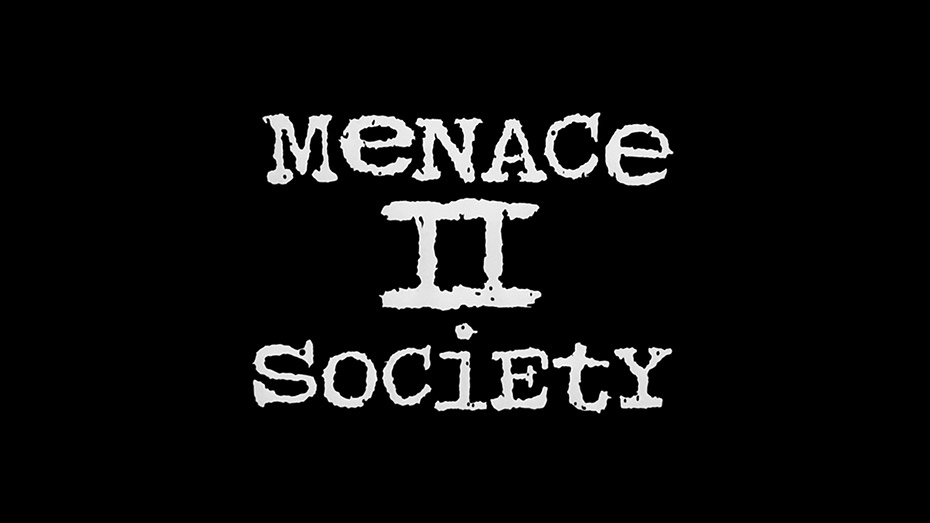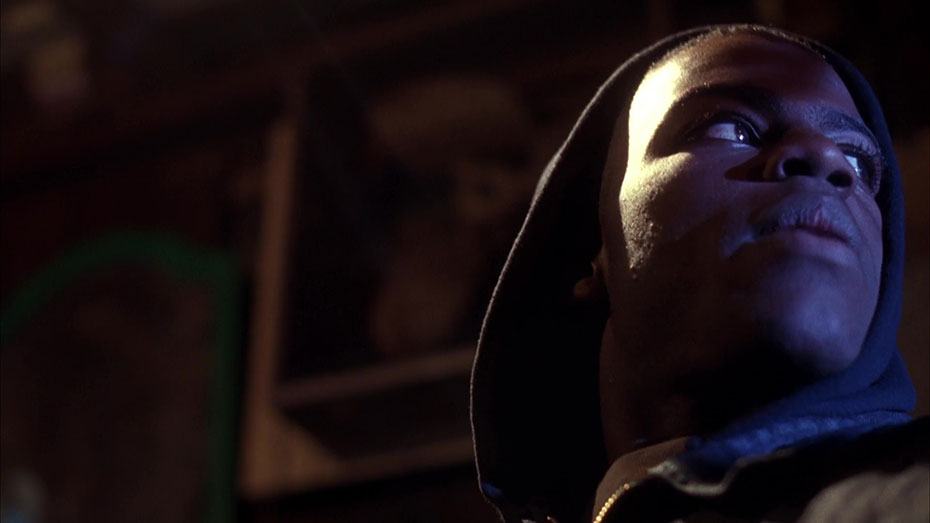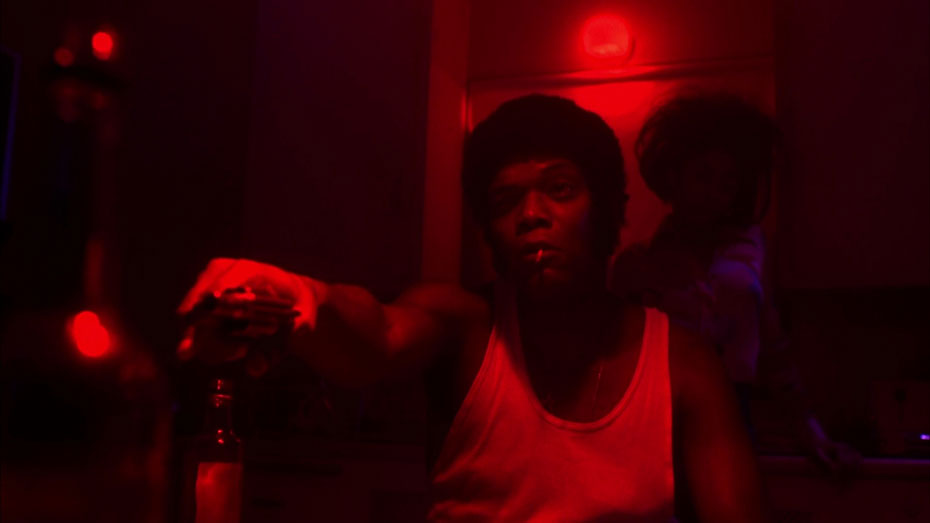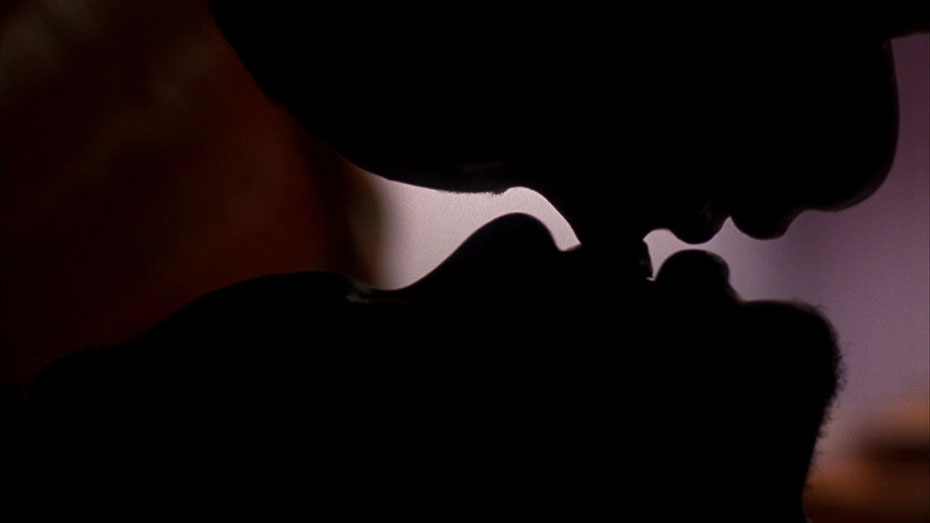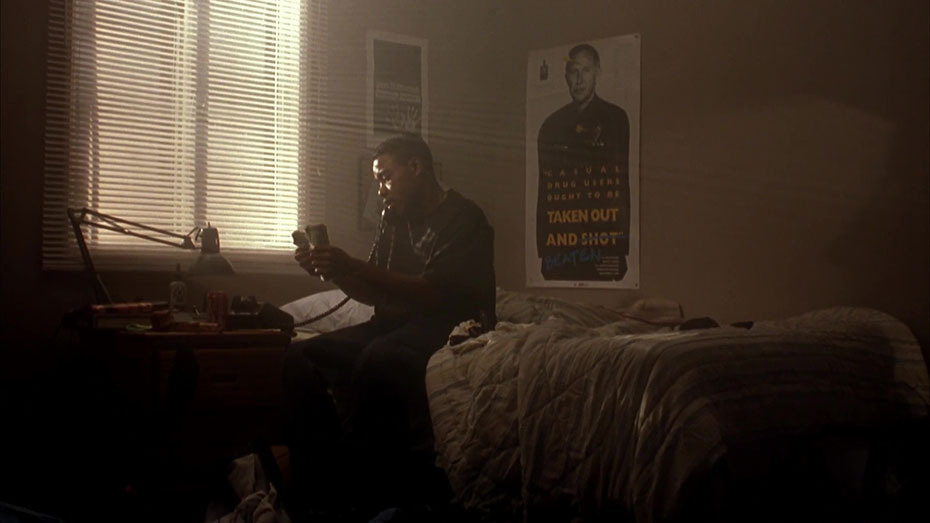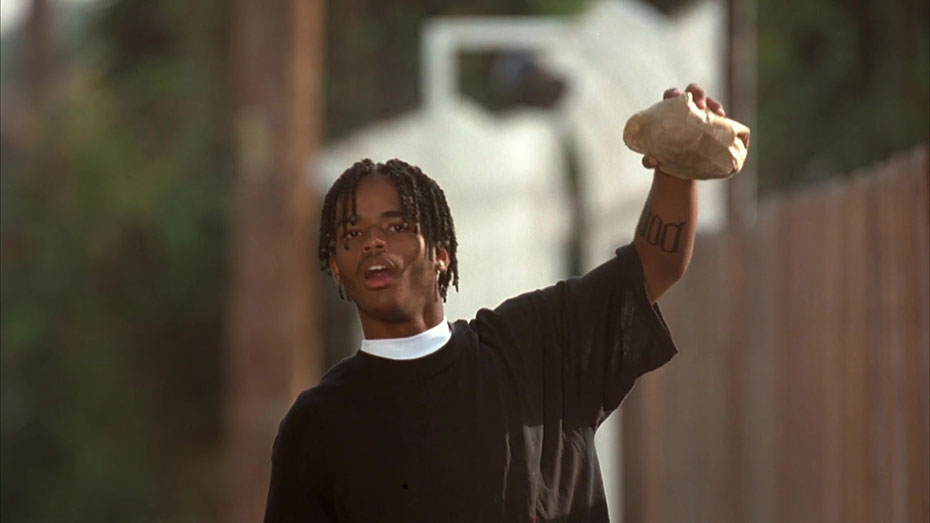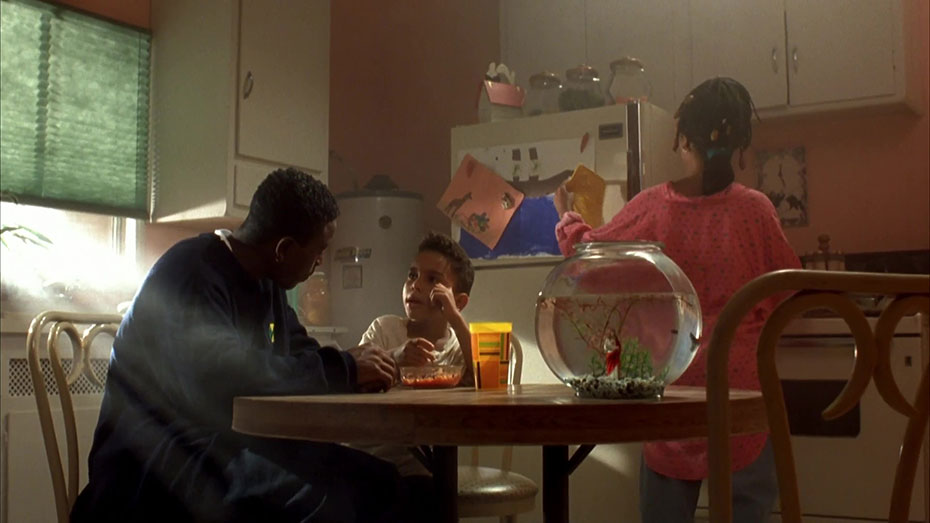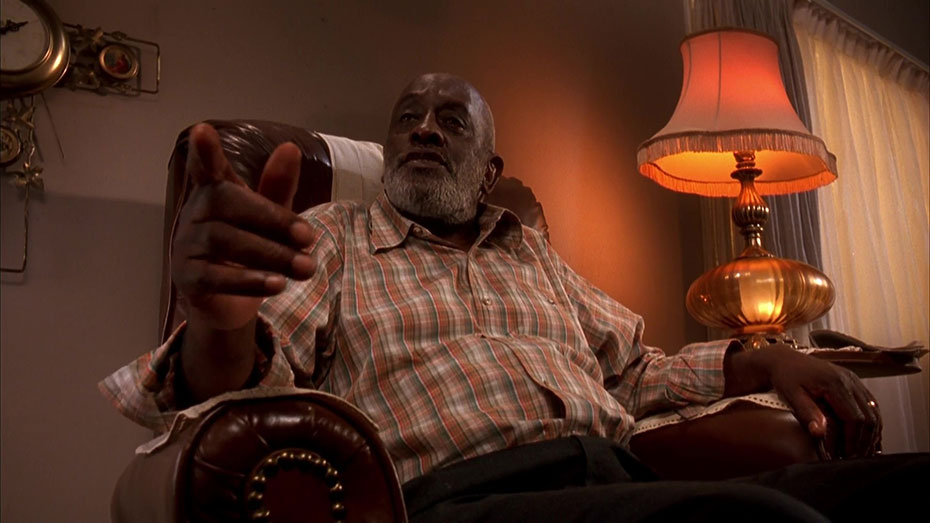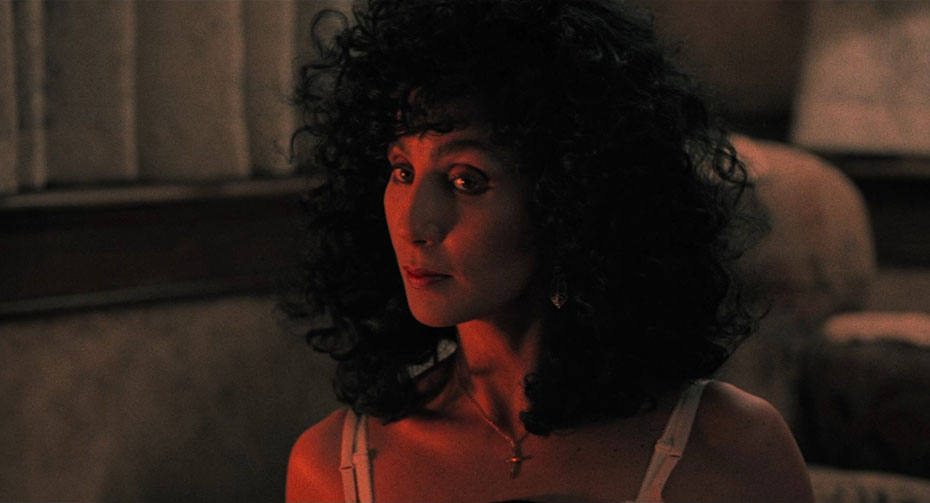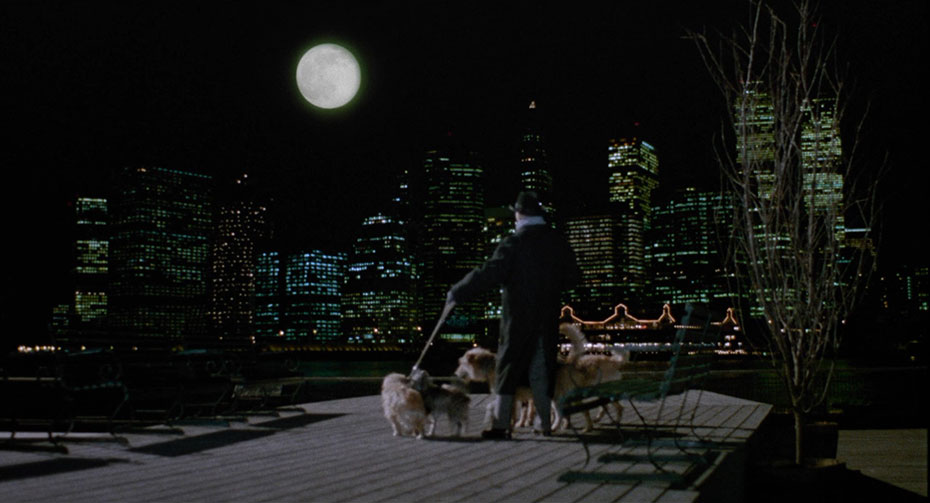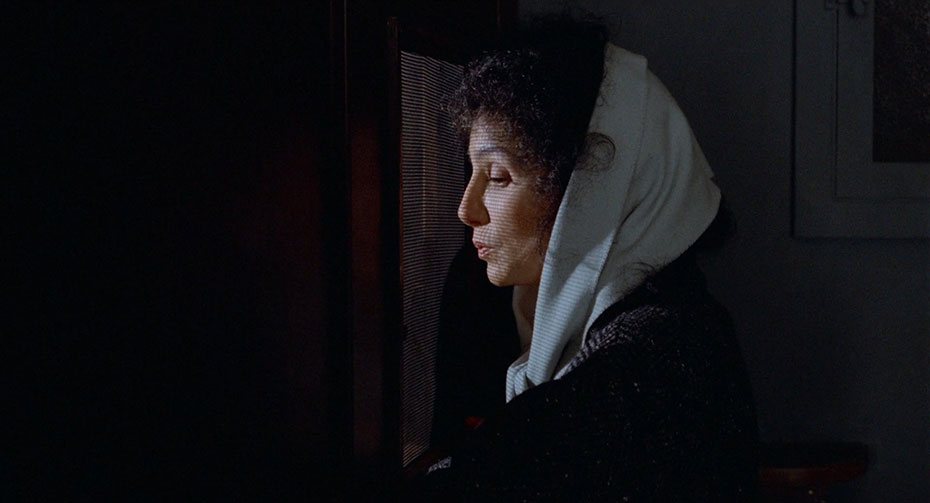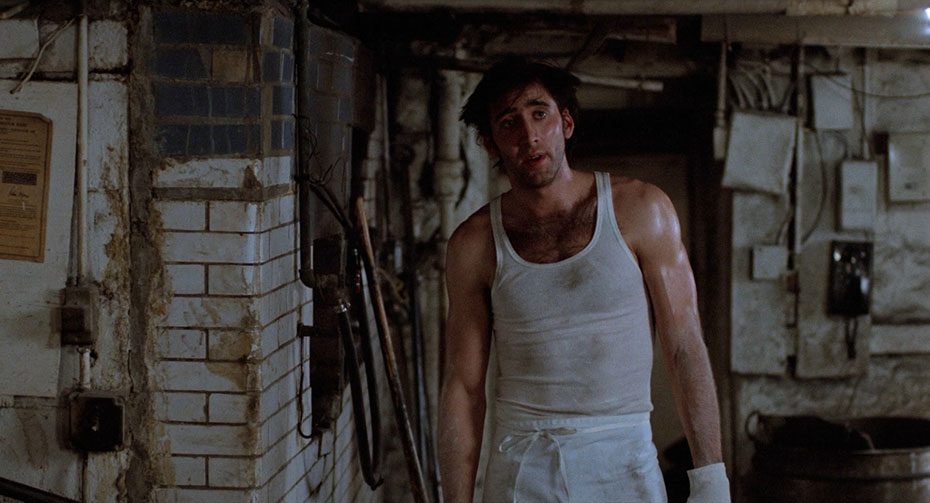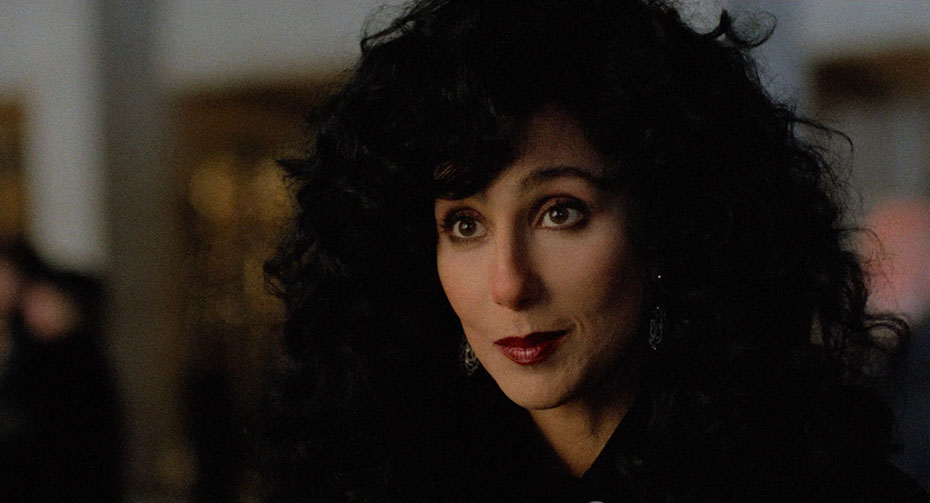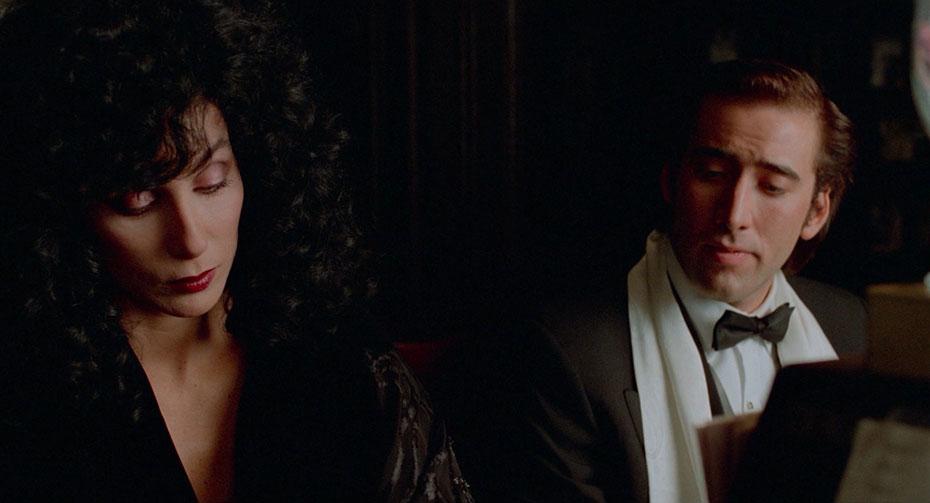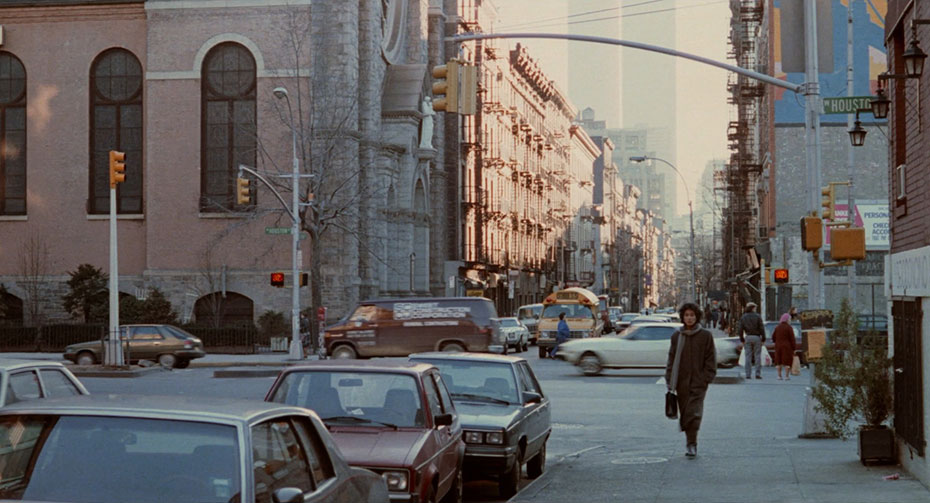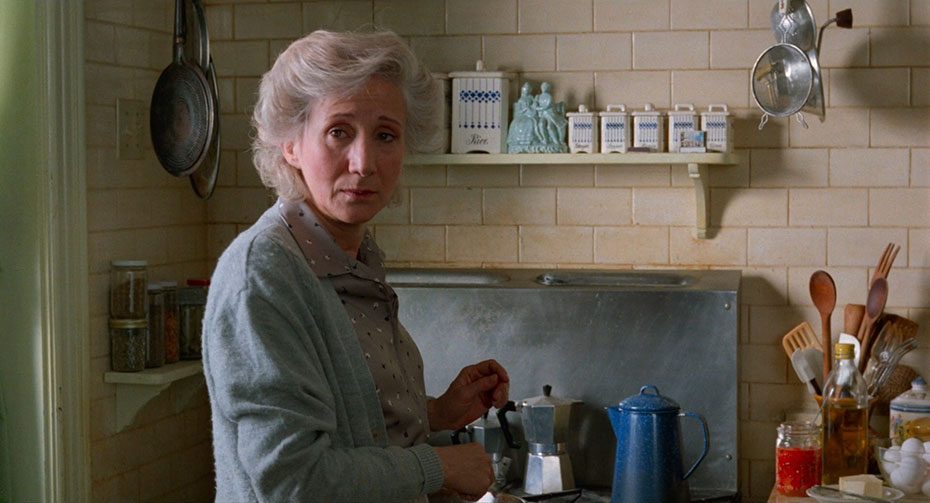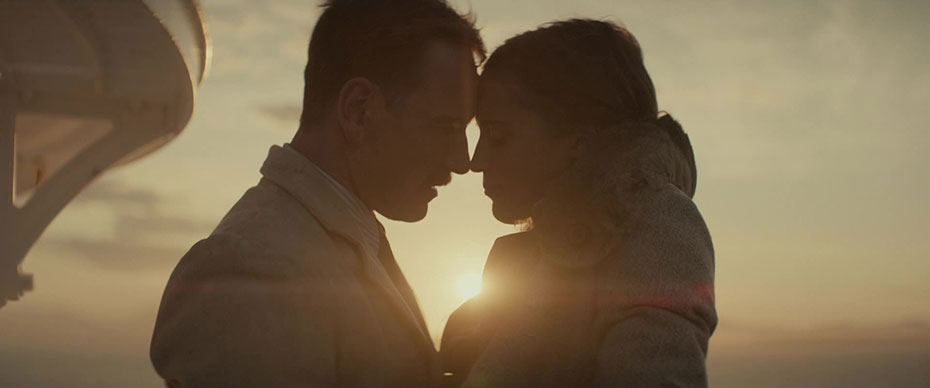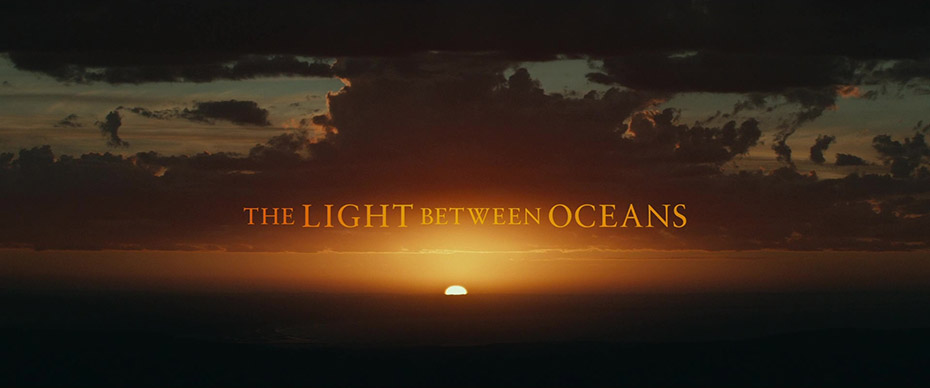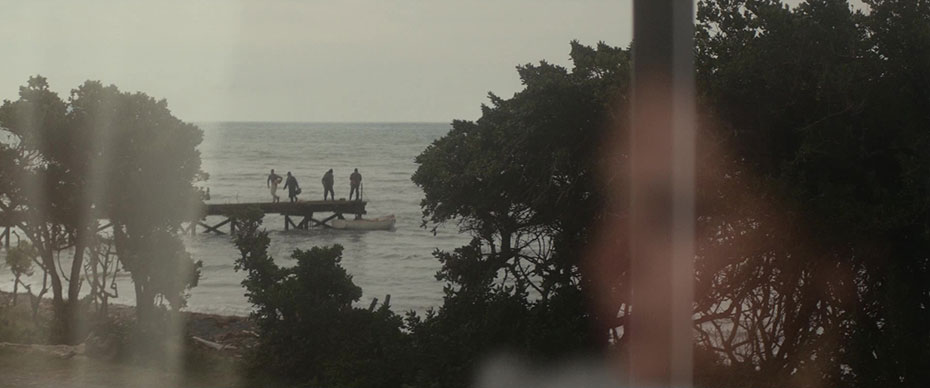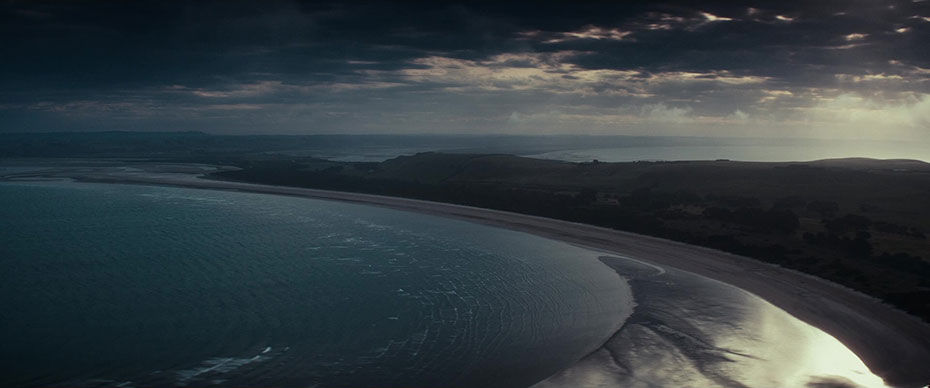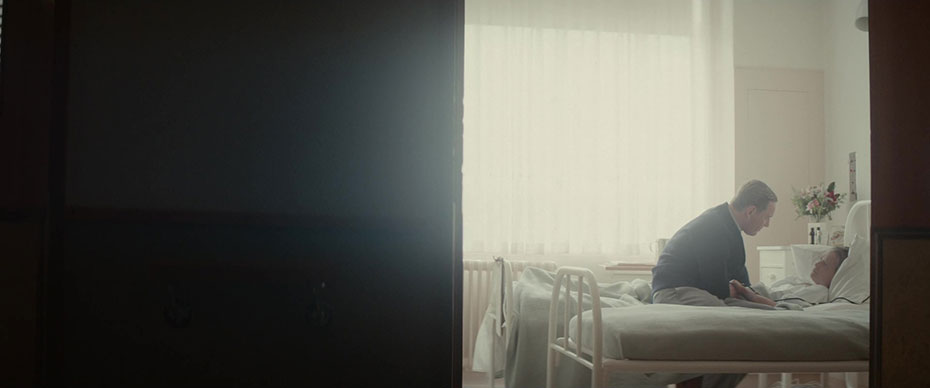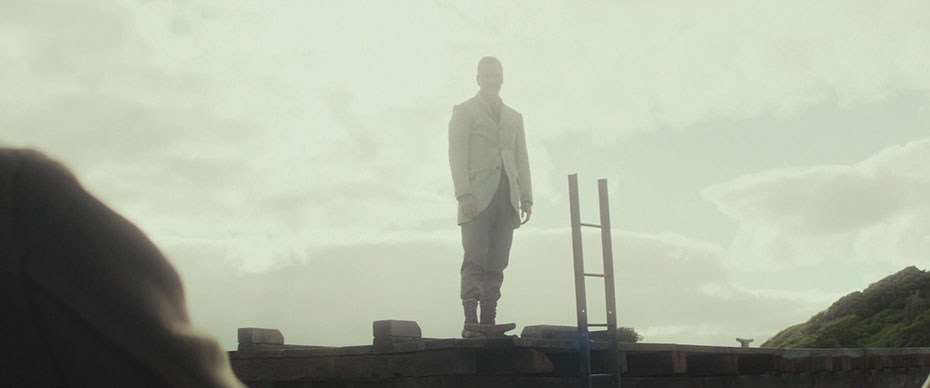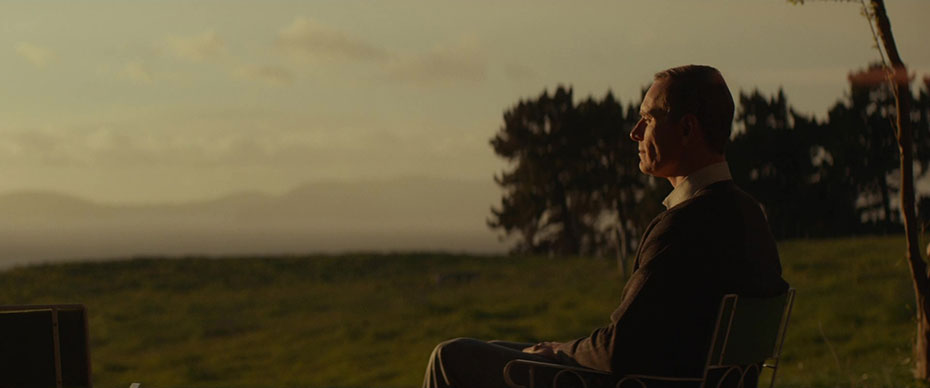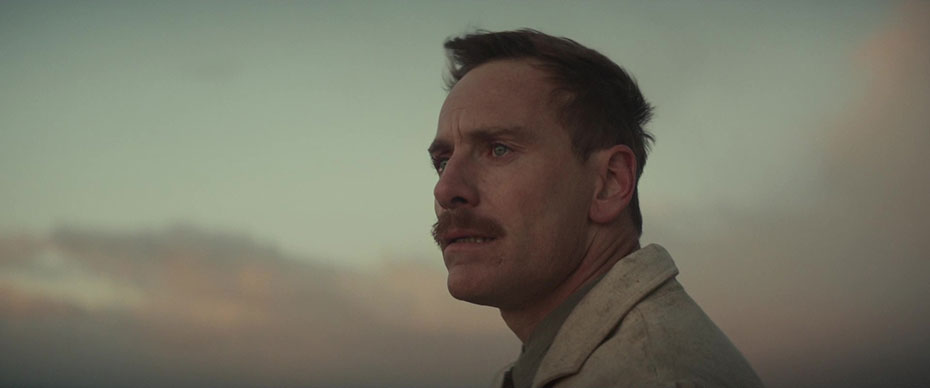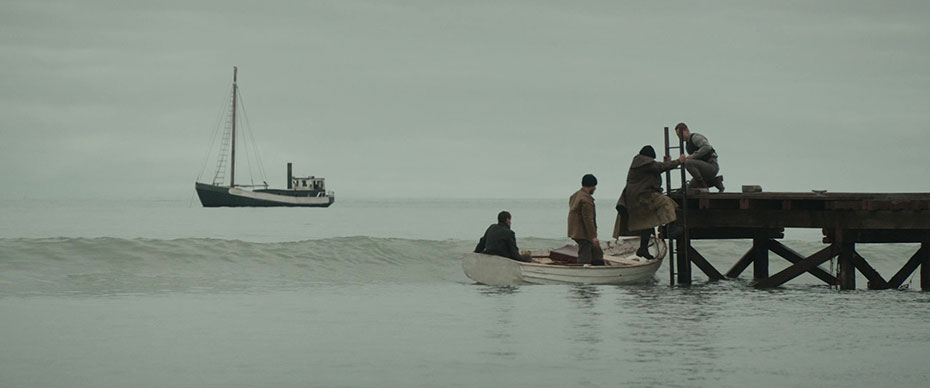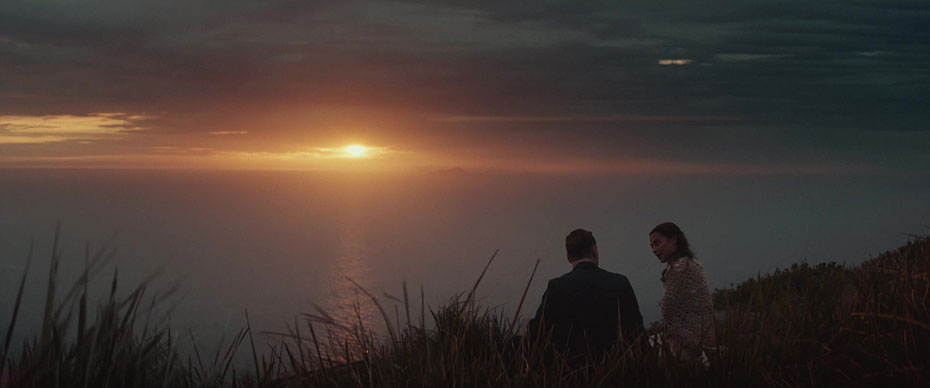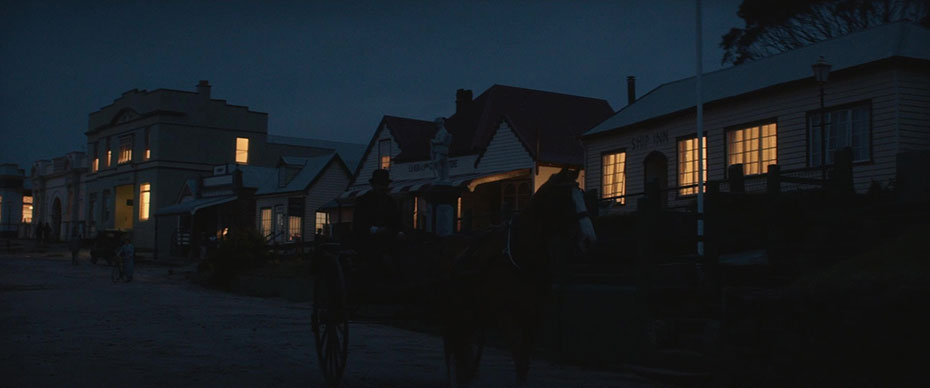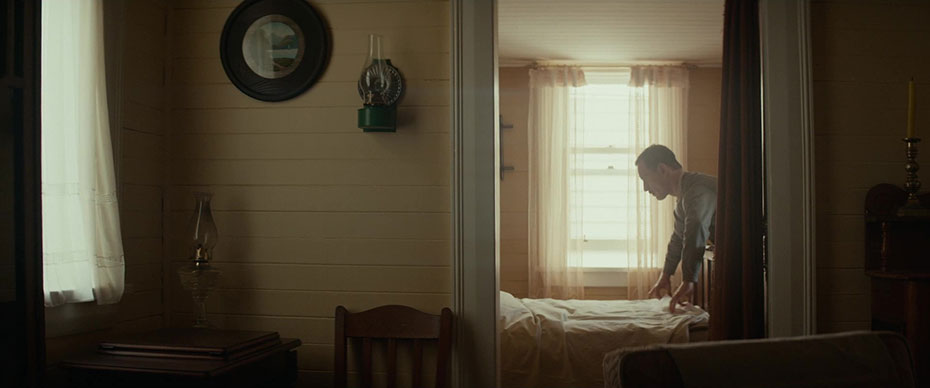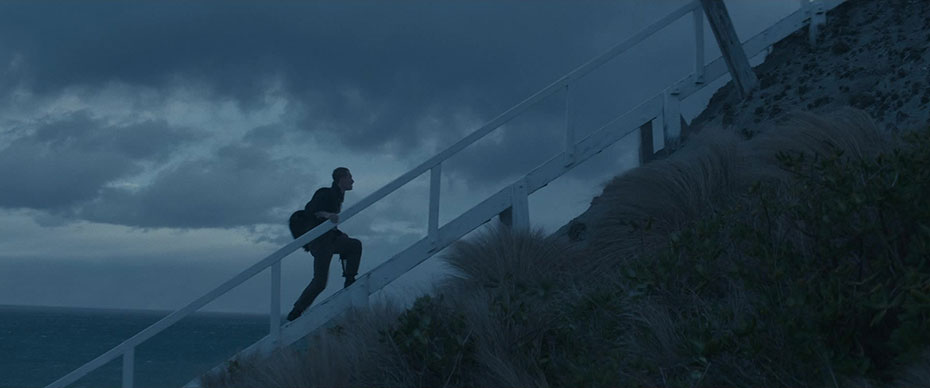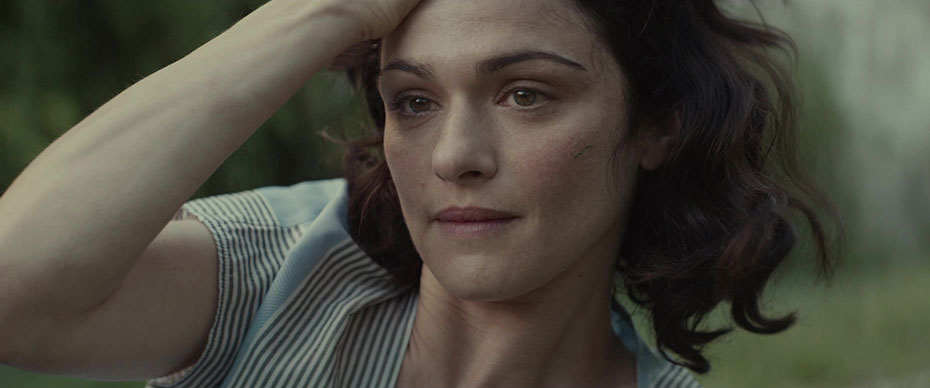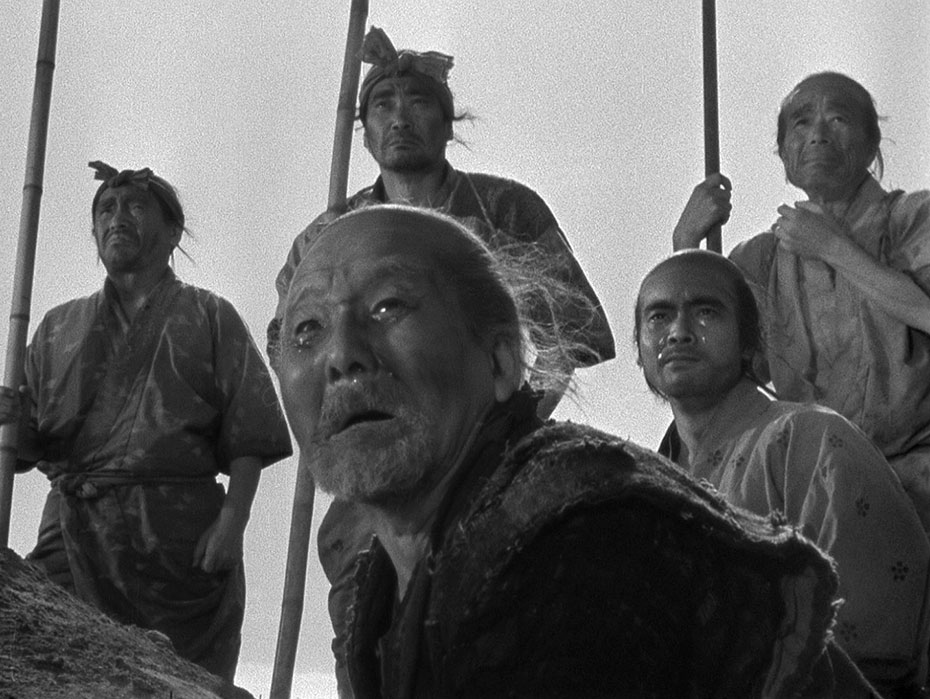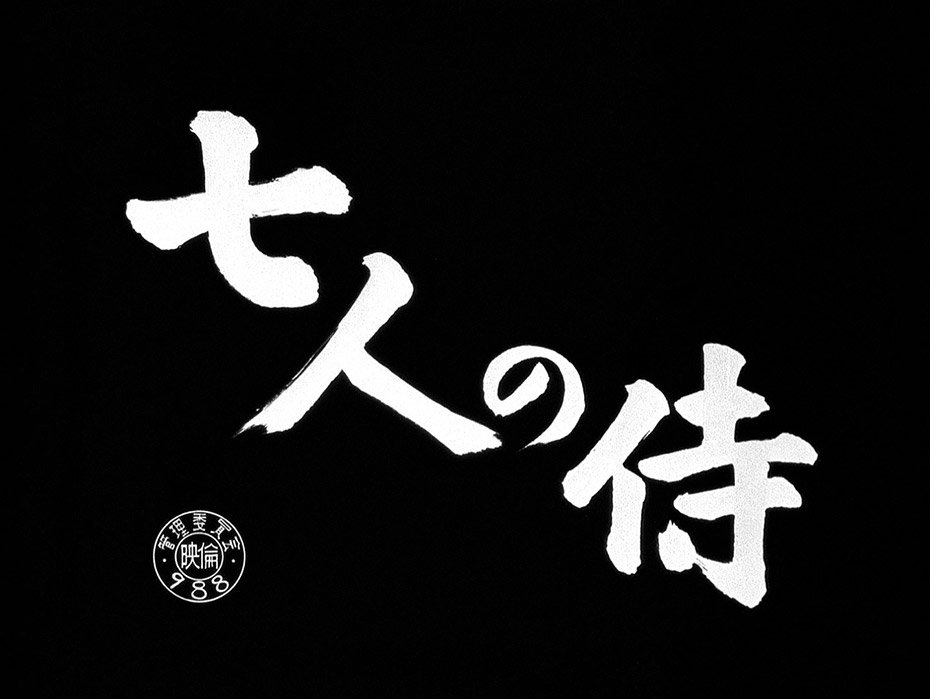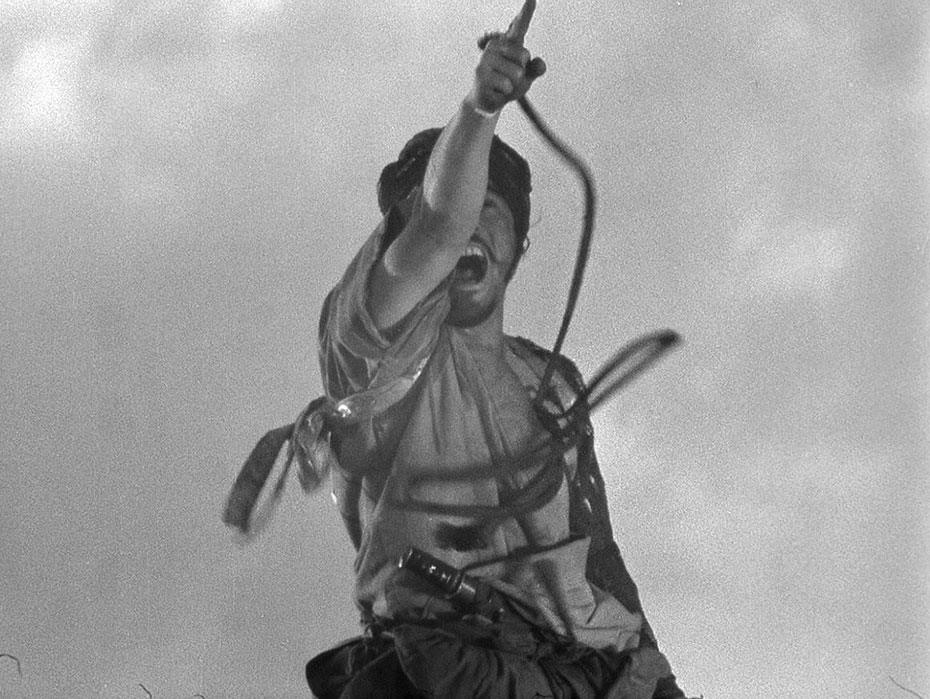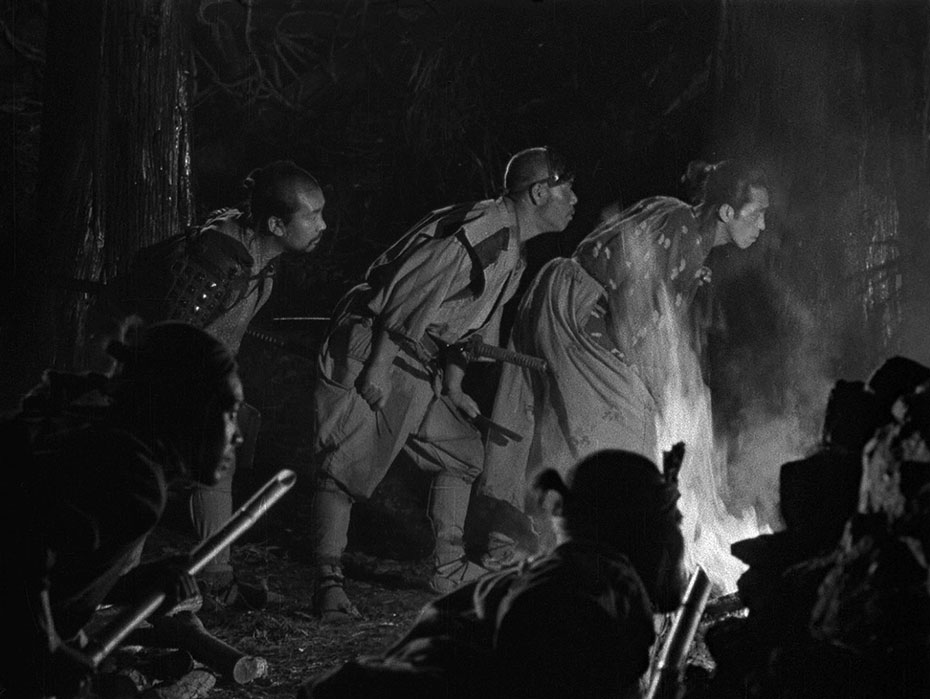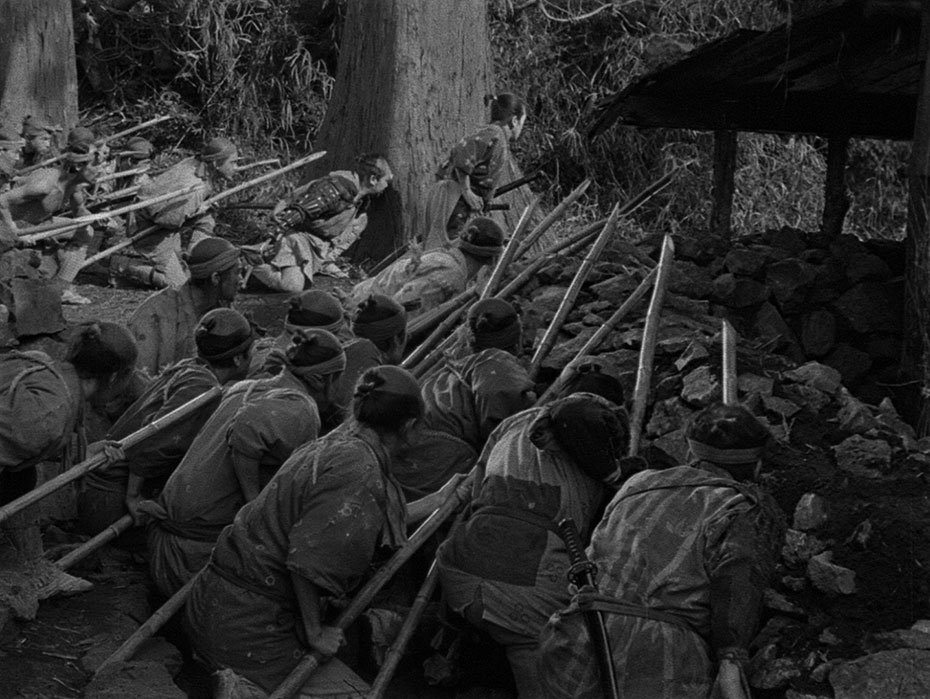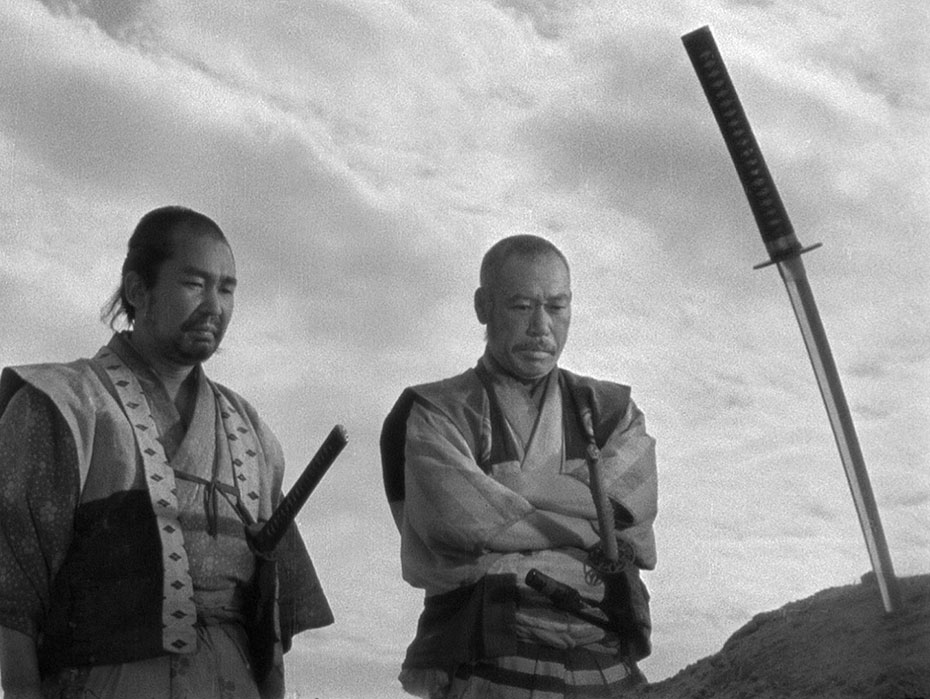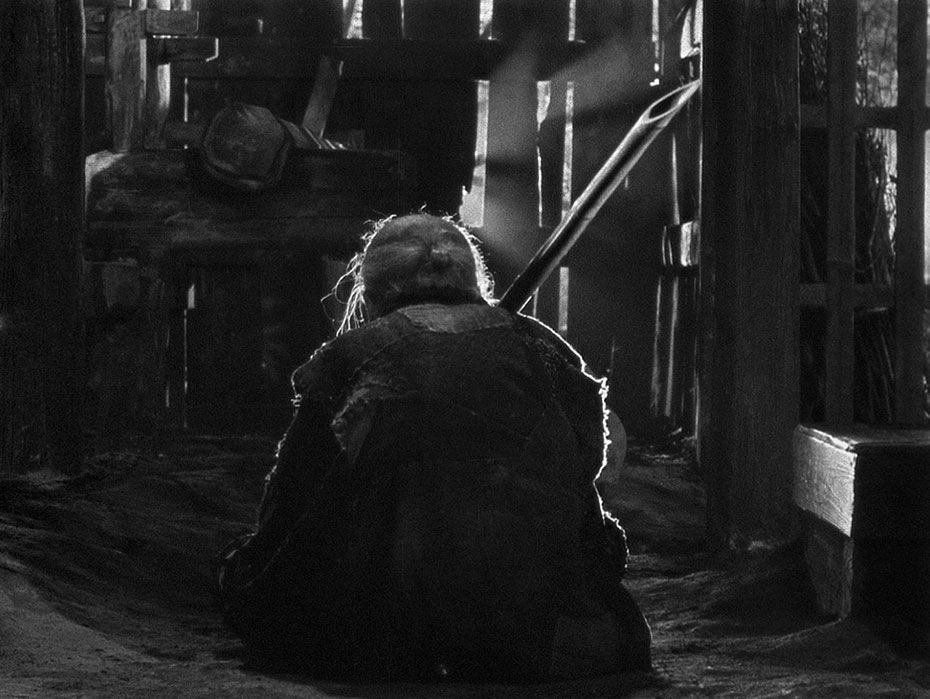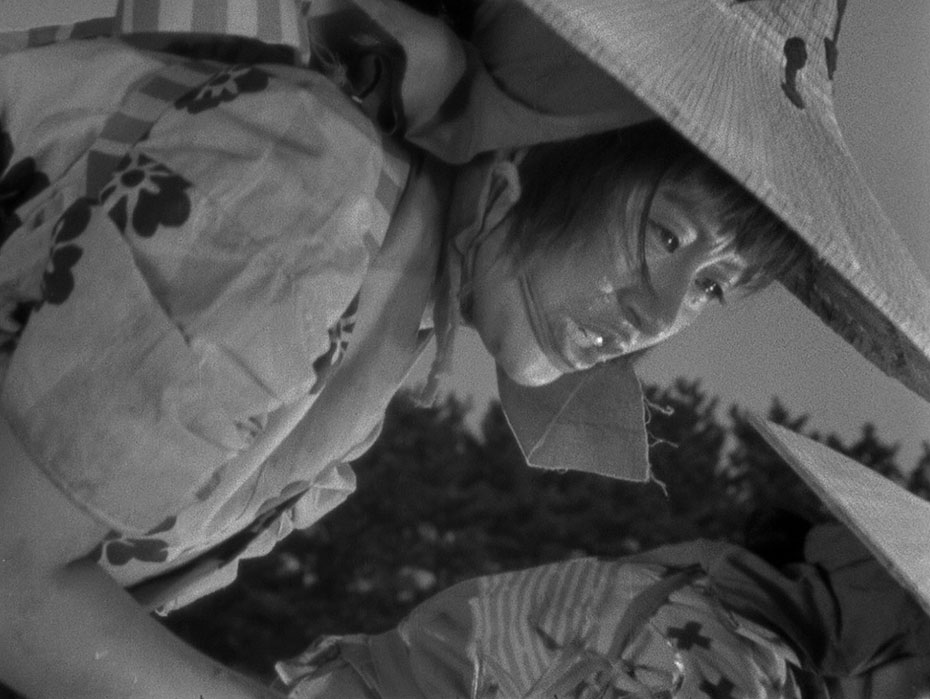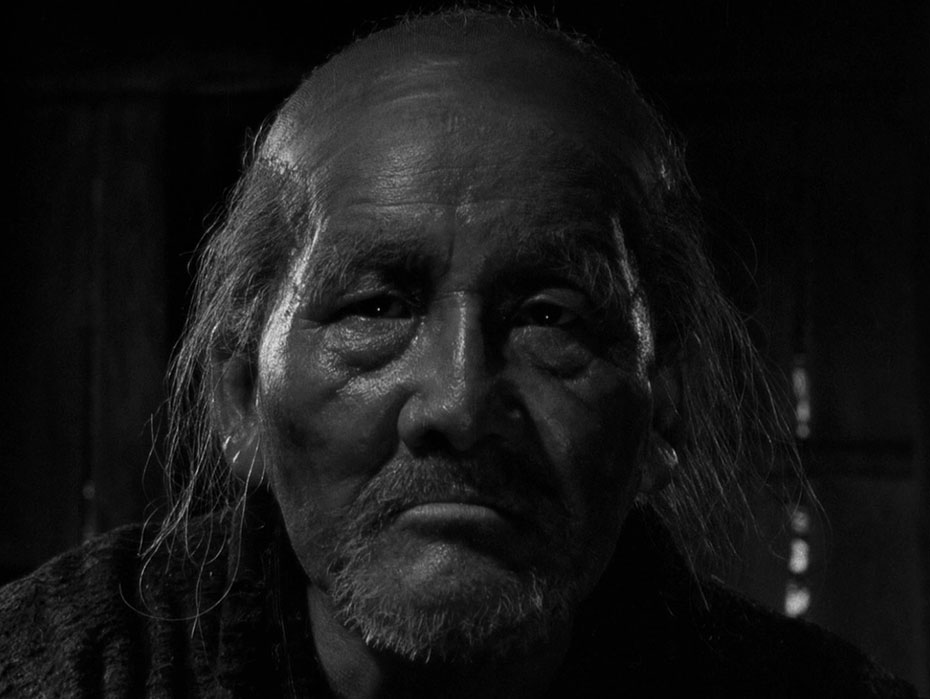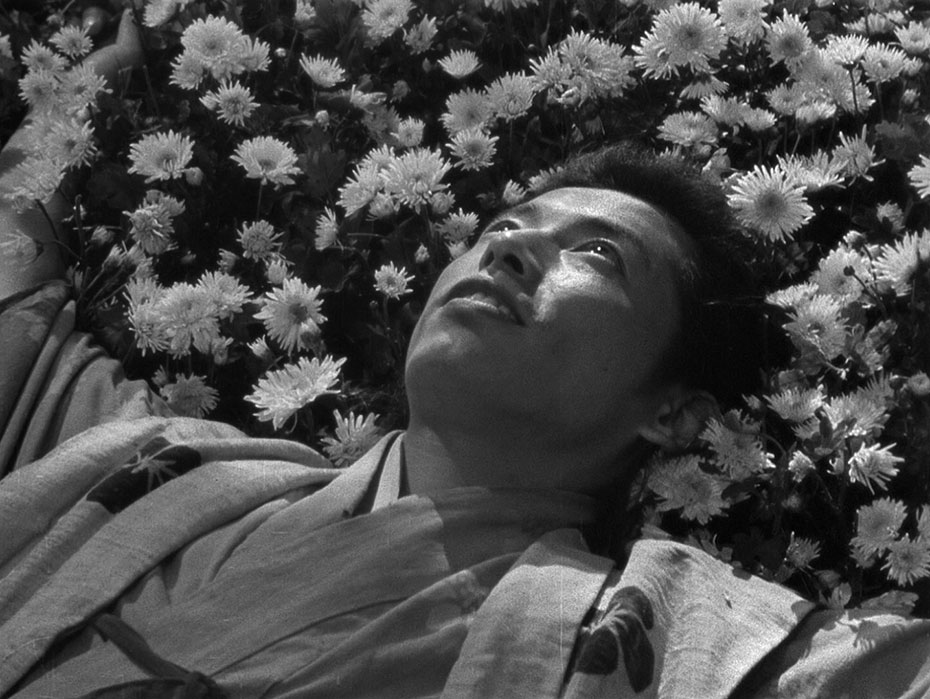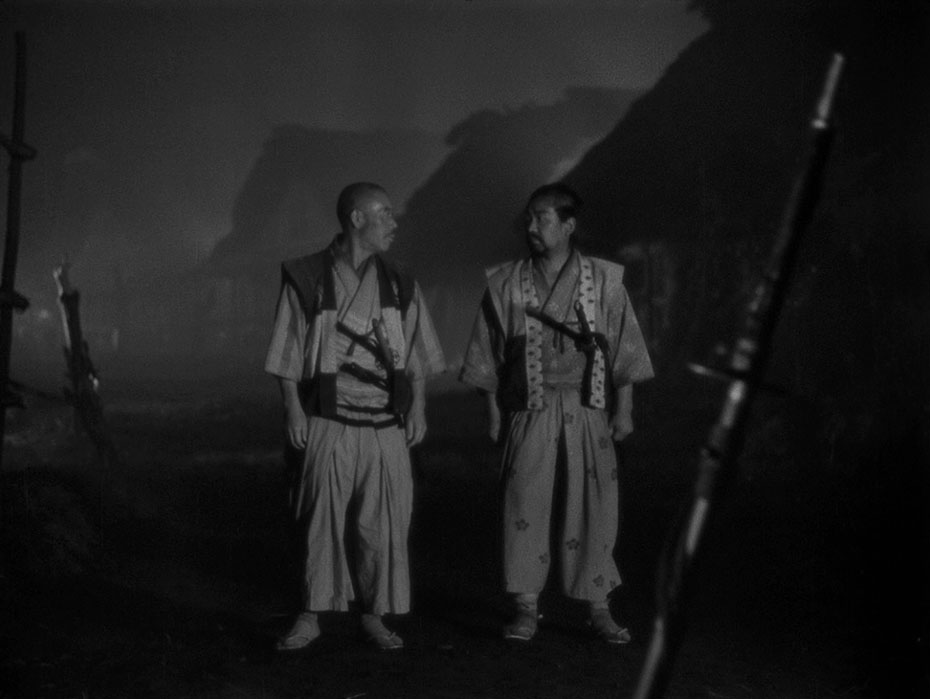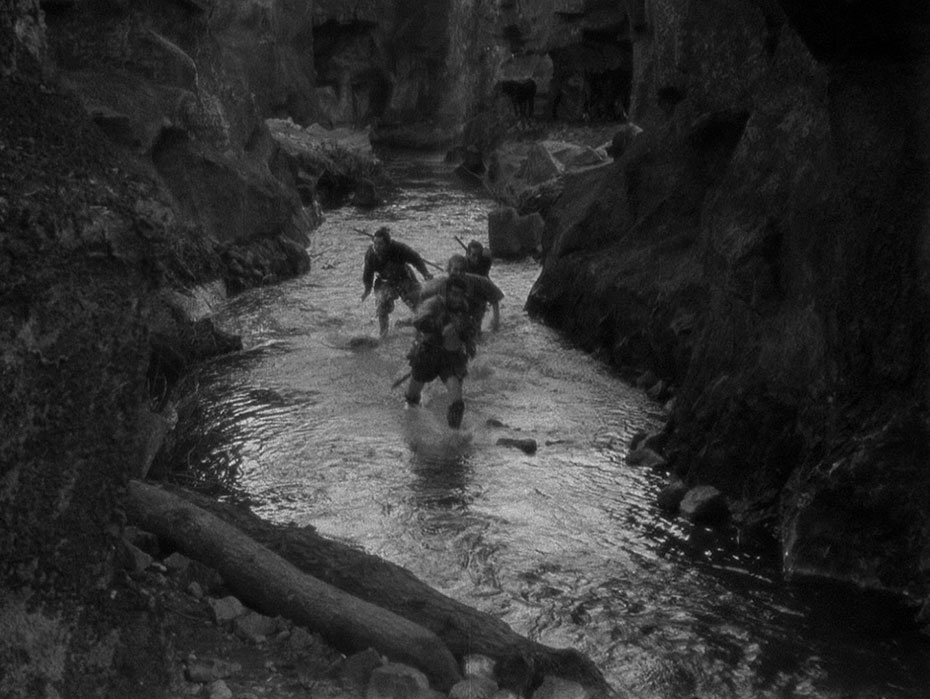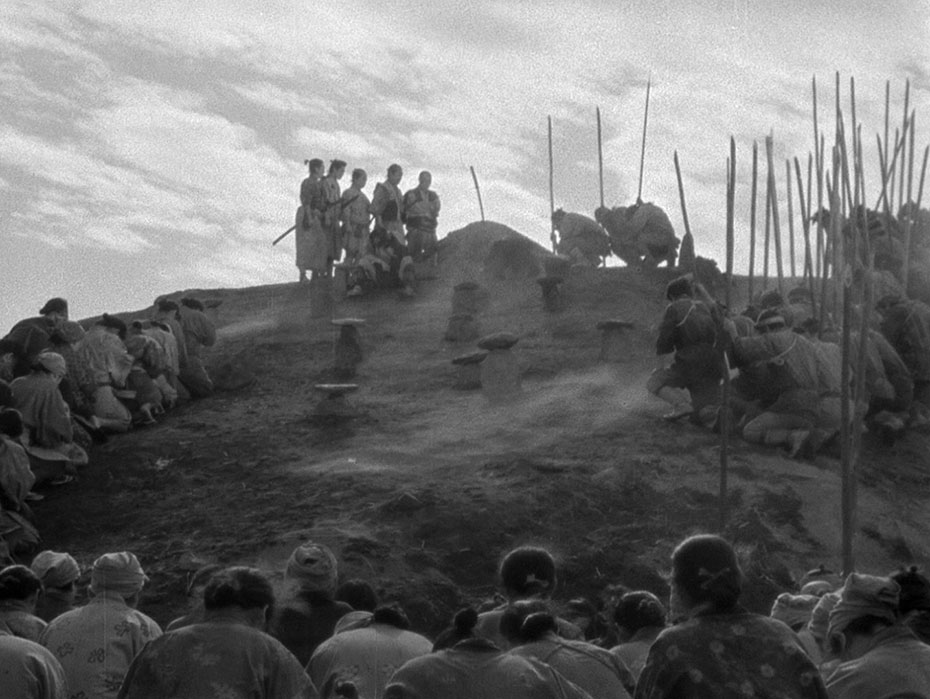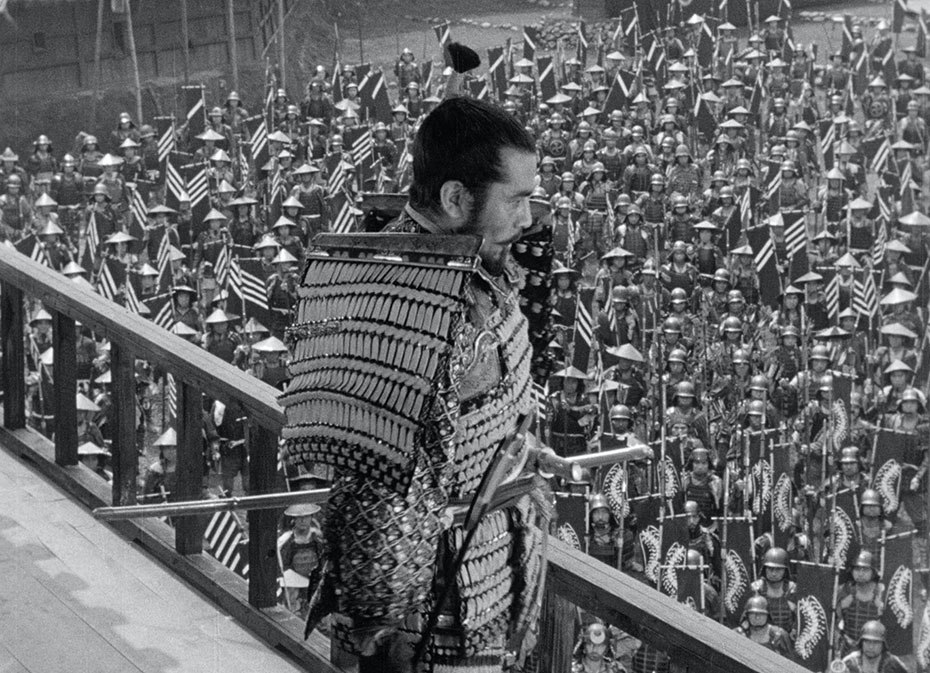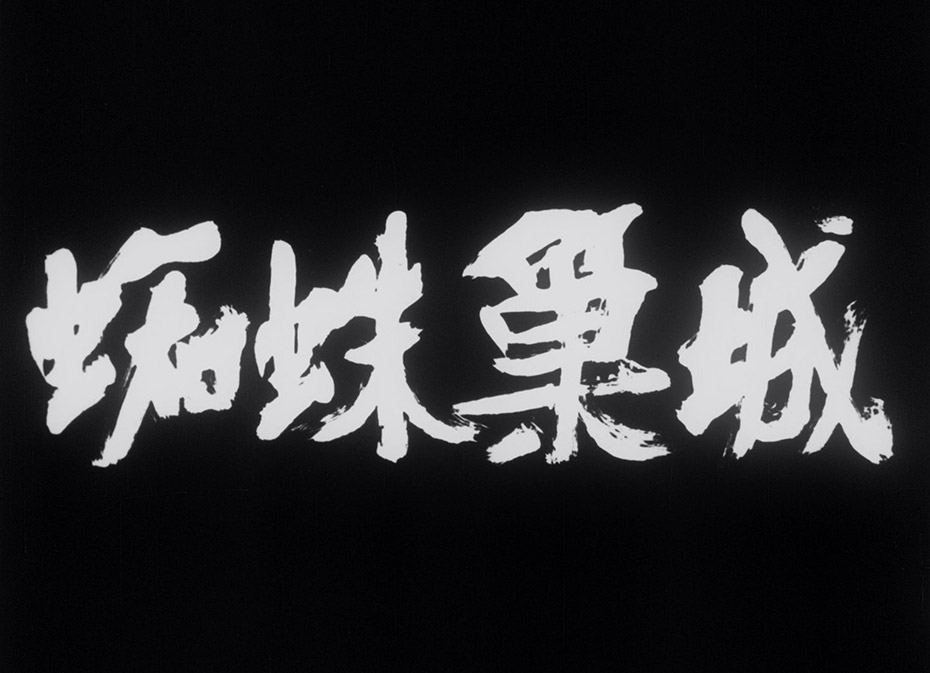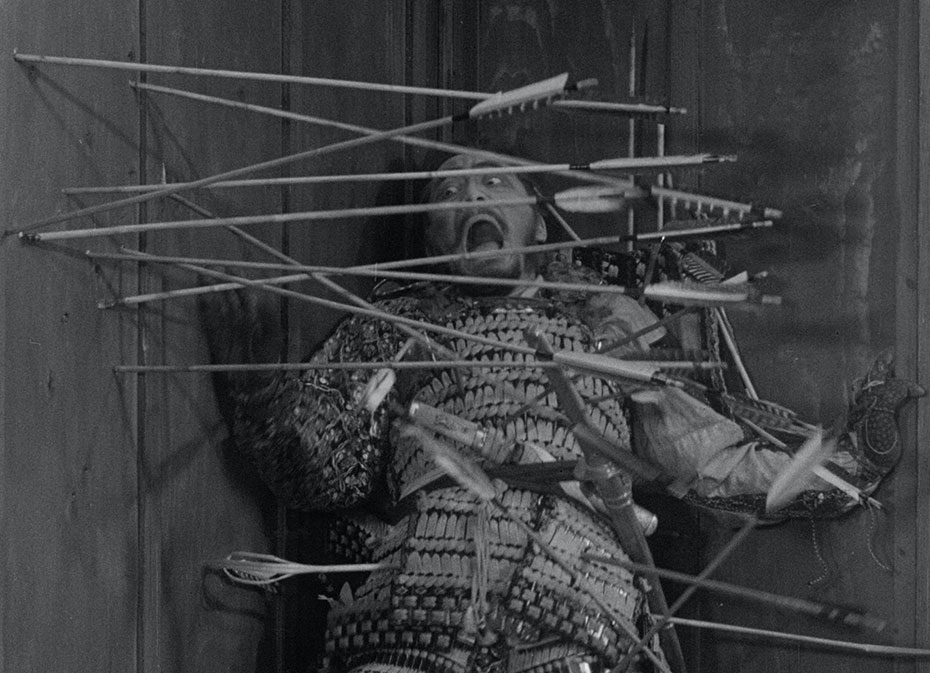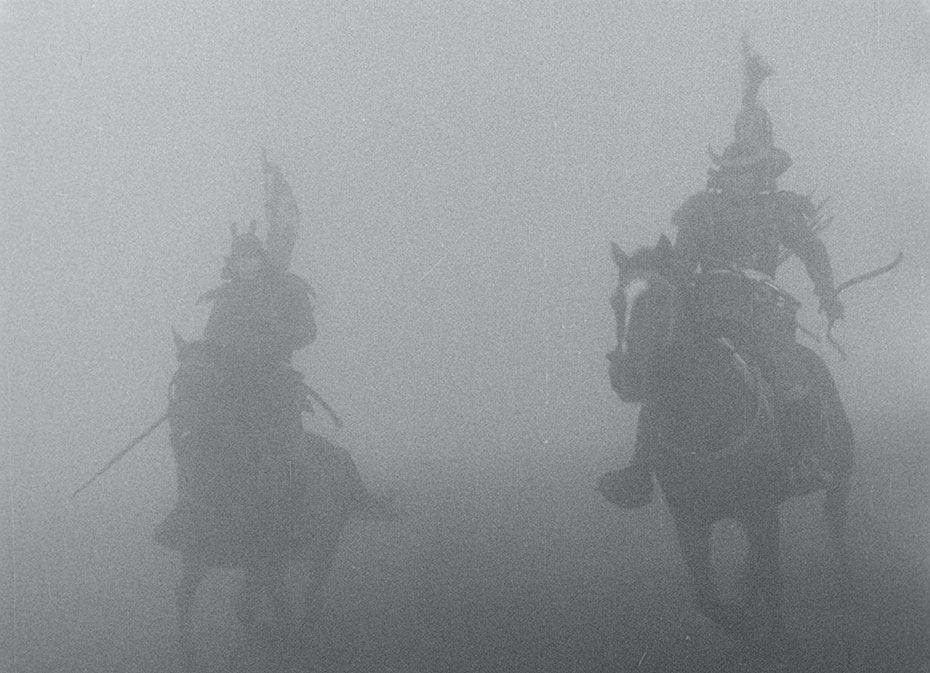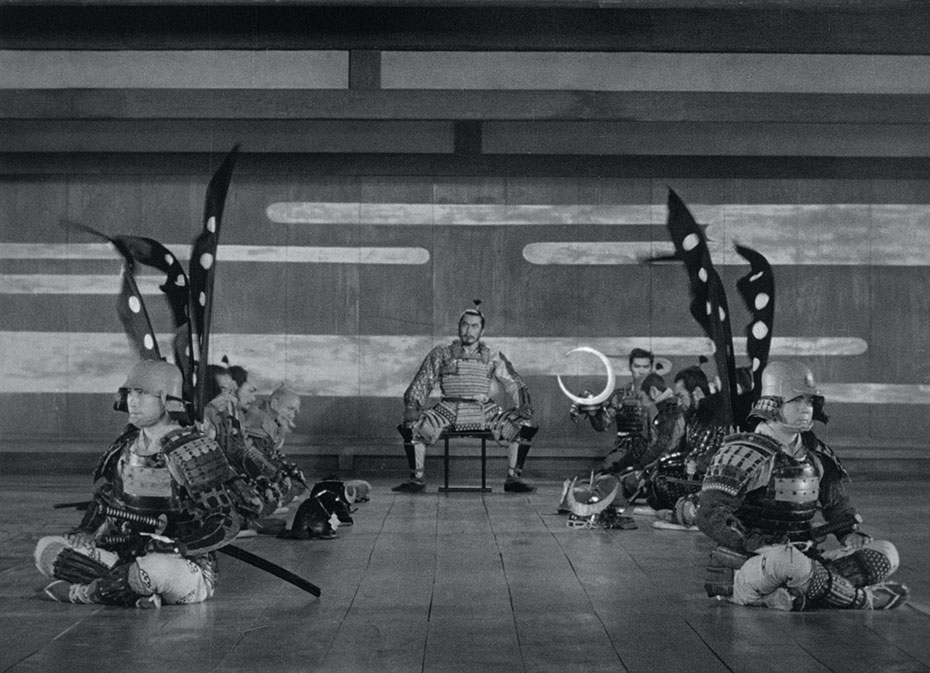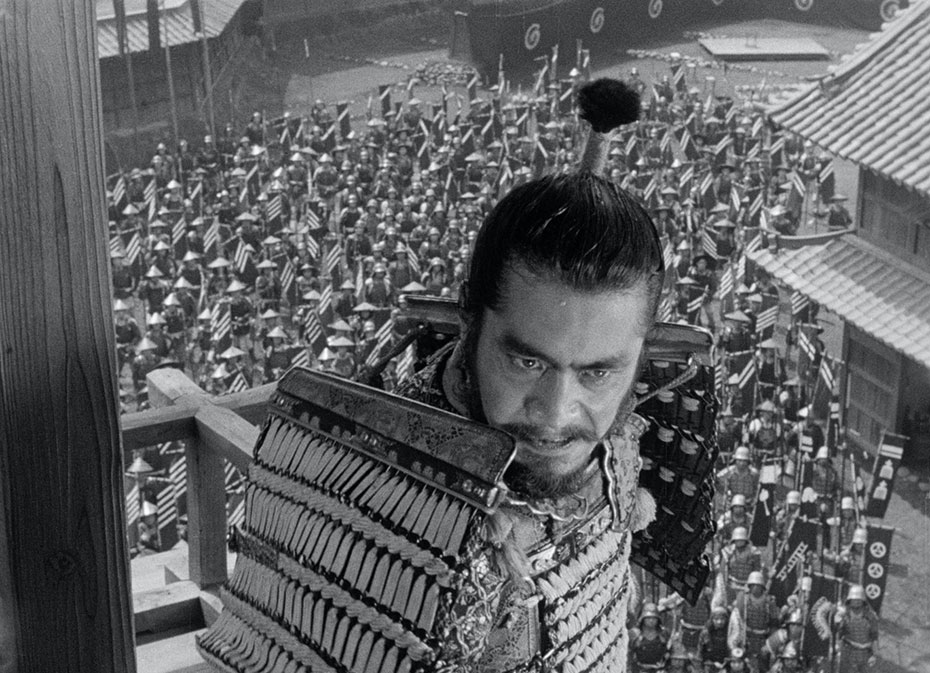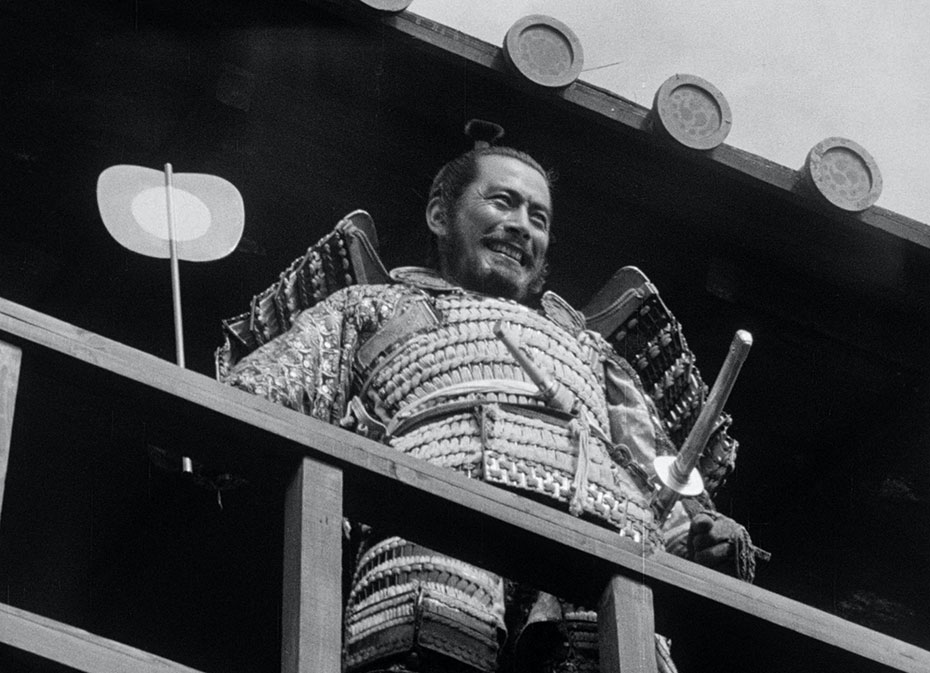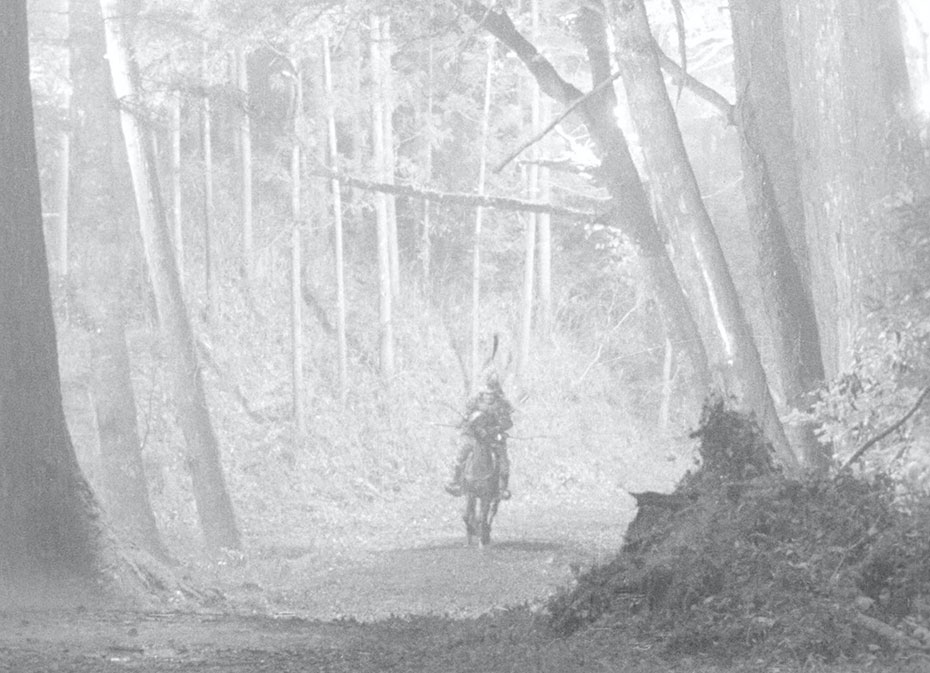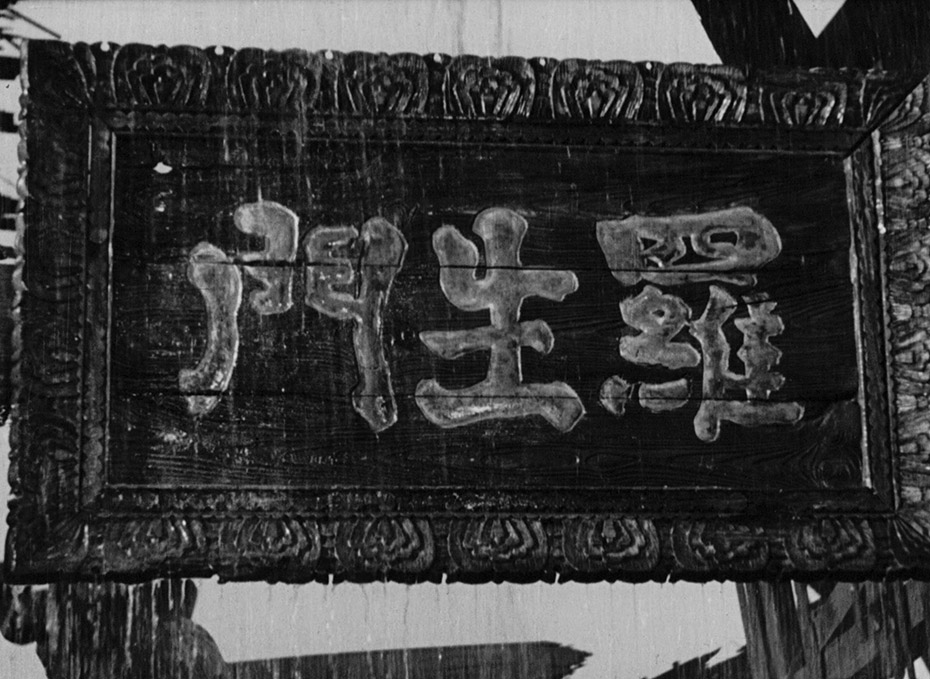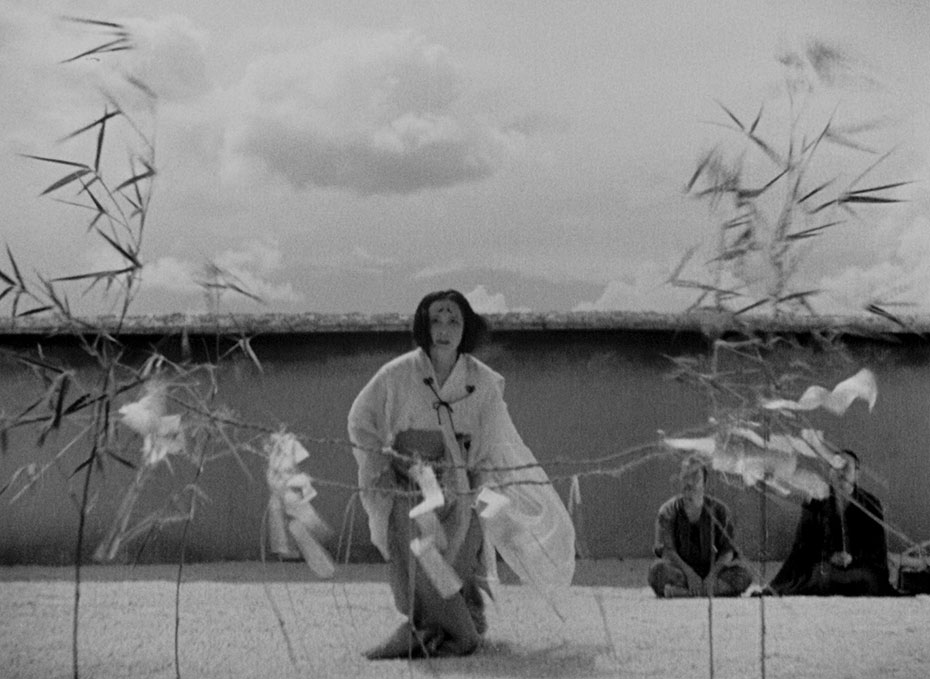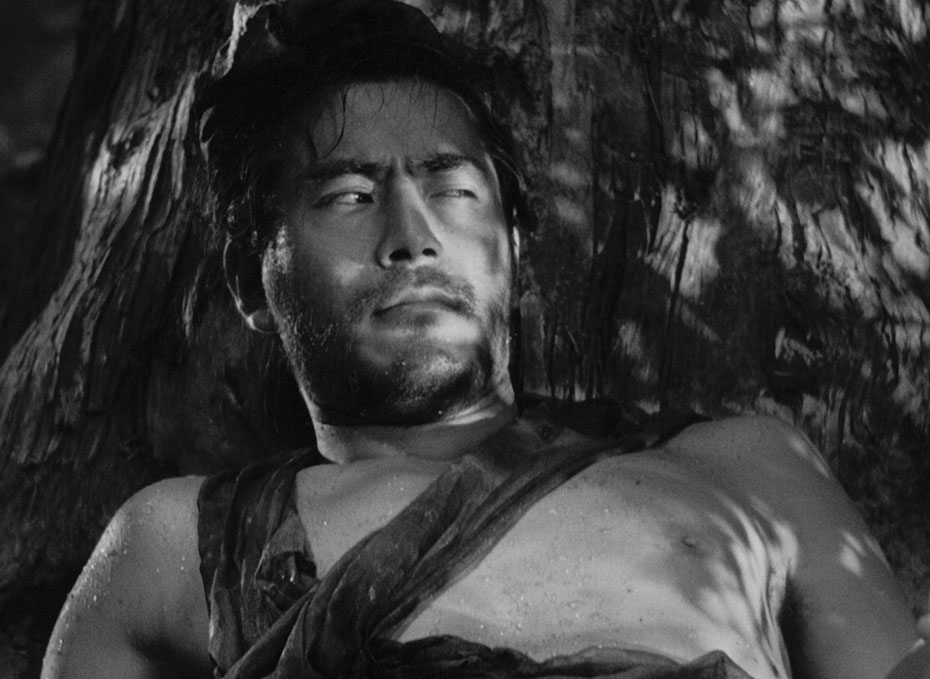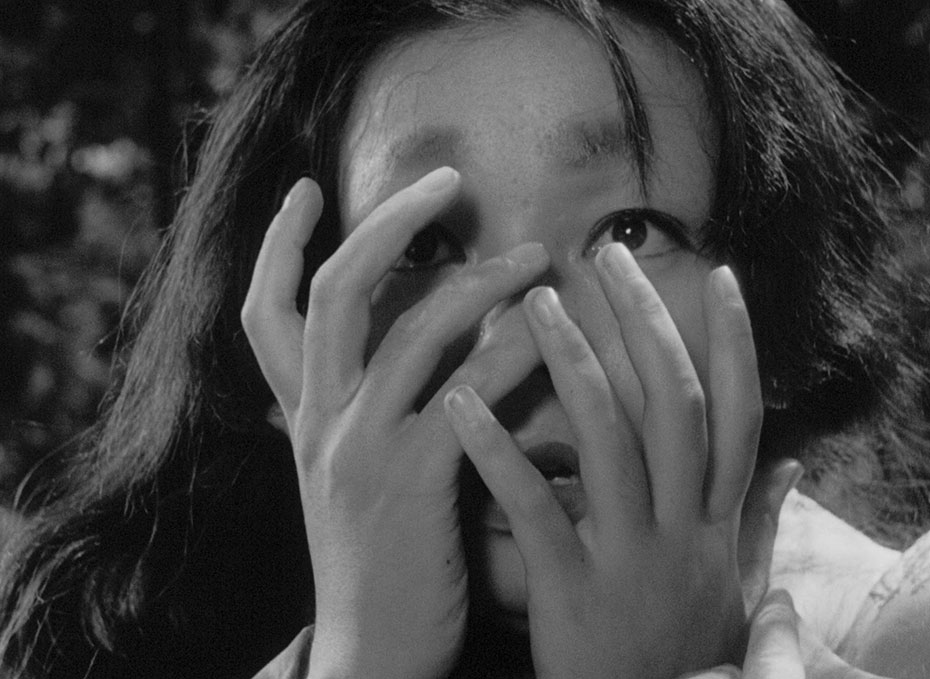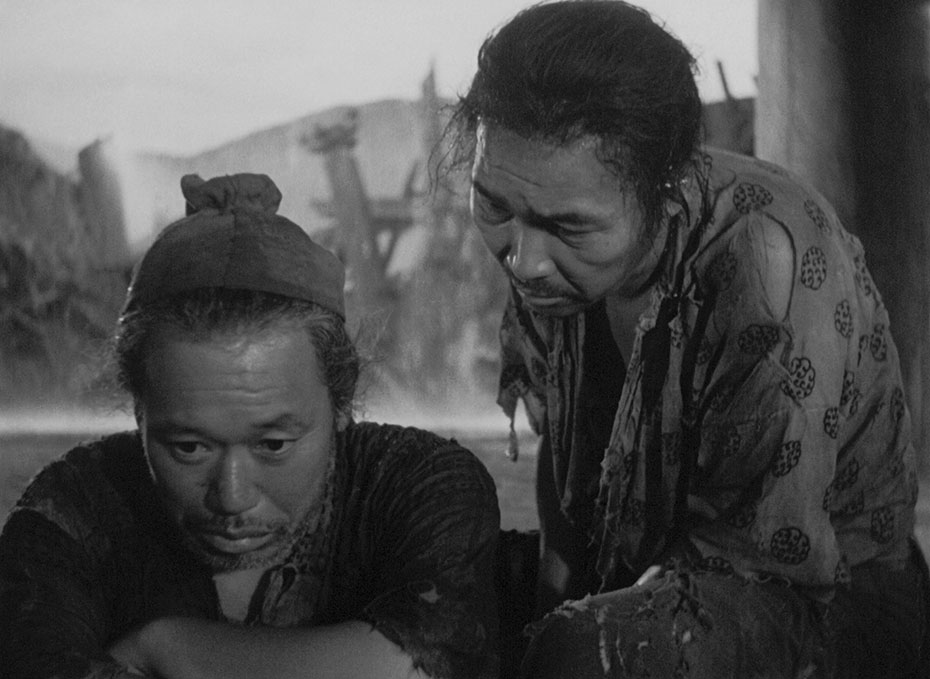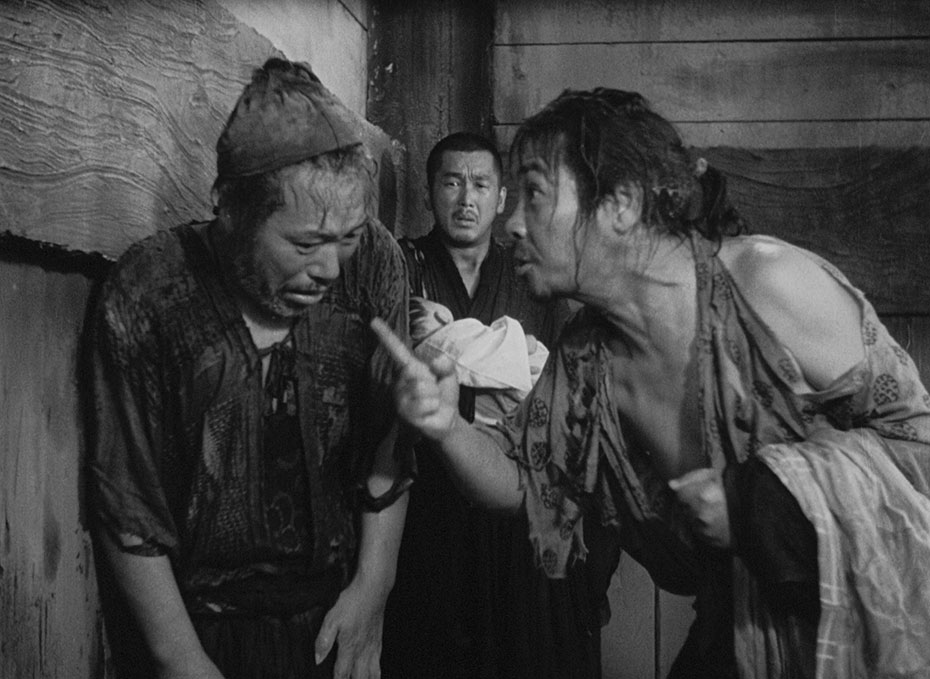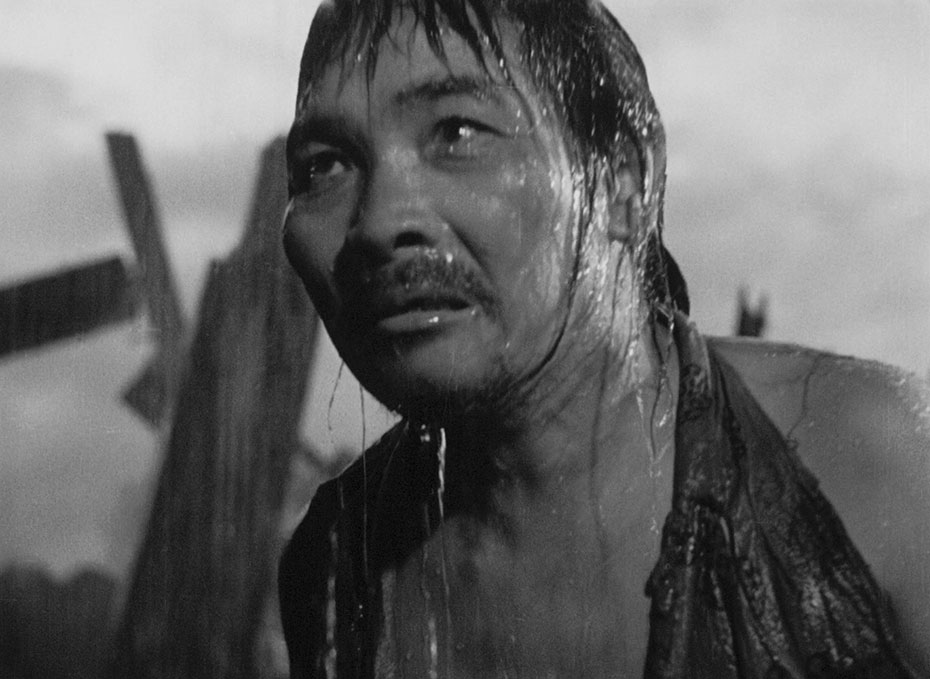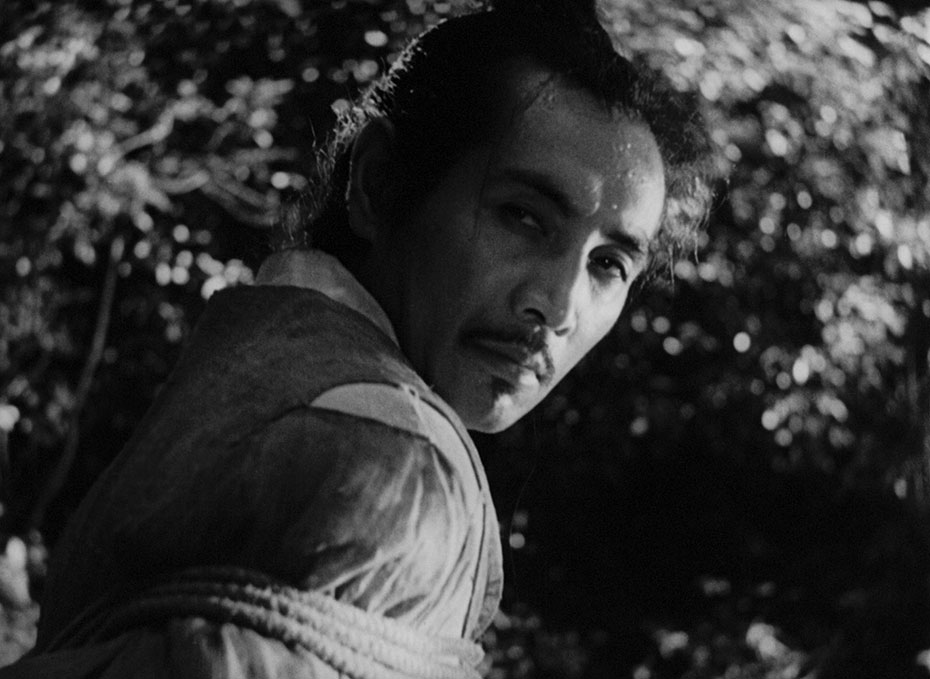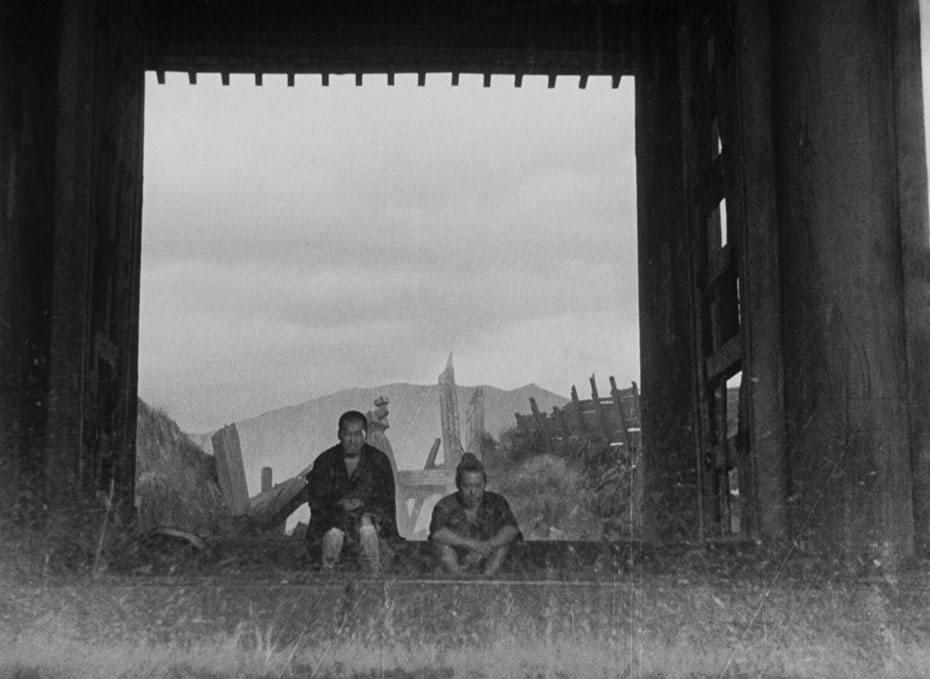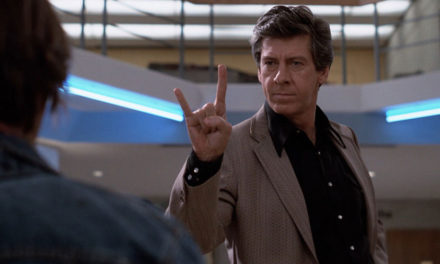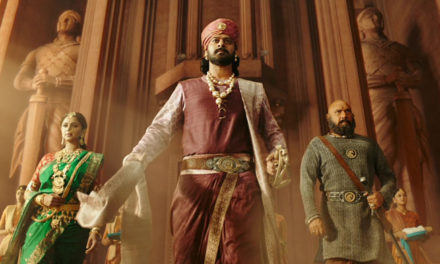THE TUESDAY DROP – 10/05
10.05.21 / New Shots
DAS BOOT (1981)
DAS BOOT is a German war film written and directed by Wolfgang Petersen and adapted from Lothar Bucheim’s 1973 novel about his experiences aboard a German U-Boat during World War II. The film took two years to make and at the time was the most expensive German film ever made. Filming was done chronologically to show growing fatigue and natural growth of hair and beards on the actors. In fact, throughout filming, actors were not permitted to sit in sunlight for extended periods in an effort to create the sort of pale complexions you might see in the crew of a real U-Boat. Due to the tight enclosed construction of the set, cinematographer Jost Vacano crafted a custom Arriflex camera that utilized two gyroscopes to provide stability – essentially a compact handheld Steadicam – allowing him to run the length of the tube-like set tracking behind the actors and creating a sense of hurried chaos. It is this sort of visual innovation throughout the film that earns Das Boot its place as arguably the most iconic submarine film of all time and one of the most visually influential war films ever made.
HONEY BOY (2019)
HONEY BOY is an independent coming of age drama and the feature debut of acclaimed music video director Alma Har’el. The film was written as a form of therapy by lead actor Shia LaBeouf after he was diagnosed with PTSD in a court-ordered rehab program. The film is based on real experiences he had with his father as a child actor, as well as his experiences in rehab as a young adult. Cinematographer Natasha Braier, known for her work on The Neon Demon, The Rover, and The Milk of Sorrow, worked with Har’el to approach the dialogue heavy script in a grounded yet poetic fashion. Due to Har’el desire for a more improvisational performance approach, Braier opted to shoot the film almost documentary style, freely moving the camera around with the actors often without pre-rehearsed marks. To allow for this freedom of motion, Braier would light nearly the entire set with RGB LED units that could be adjusted on the fly to allow for the actors to move anywhere they wanted to go – a level of technical accommodation to performance that has only become available to low budget productions in more recent years with advancements in affordable wireless digital technology.
LA HAINE (1995)
LA HAINE is a black-and-white French drama film that was written, directed, and co-edited by Mathieu Kassovitz about disaffected youth in Paris. The film takes a stylistically aggressive and uncompromising approach to its controversial subject matter that has drawn comparisons to Spike Lee’s similarly bold cinematic exploration of American urban injustice, Do the Right Thing. During the first act of the film, cinematographer Pierre Aim makes frequent use of wider lenses and the increased field of view and depth of field that their provide to consistently frame the lead characters within the context of their home environment: a depressed suburb outside of Paris ravaged by poverty and horrible acts of police brutality. But as the film goes on and the characters make their way into the city center seeking violent retribution, Aim moves into a tighter average focal length, isolating the characters from their surroundings and providing a visual expression for the alienation that they feel. La Haine would go on to win Best Director at the Cannes Film Festival cementing it status as one of the crowning achievements of 90s French independent cinema and it remains extremely influential among young filmmakers to this day.
EL TOPO (1970)
EL TOPO is a Mexican film, written, scored, directed, and starring Alejandro Jordorowsky, and shot by Rafael Corkidi. Often described as an “Acid Western,” the film follows a mysterious gunslinger’s quest for enlightenment and the bizarre characters and spiritually symbolic experiences that he encounters along the way. The film was met with its fair share of controversy for its disturbing imagery, perceived idolatry, and relationship to late 60s drug culture. But despite (or perhaps because of) the heated debate, El Topo was a runaway hit in art cinema houses across the western world, and had a lasting impact on cinematic surrealism for years to come with artists like David Lynch, Nicolas Winding Refn, and even Bob Dylan citing the film as a major influence on their work.
MENACE II SOCIETY (1993)
MENACE II SOCIETY is a crime drama and the directorial debut of Allen and Albert Hughes. Praised by audiences and critics alike for its unflinching, thrilling, yet empathetic depiction of drugs, crime, and violence in black neighborhoods in early 1990s Los Angeles, the film earned its position atop the new wave of African American cinema during that era along with films like Boyz n the Hood, Juice, Friday, and Set it Off. Cinematographer Lisa Rinzler and the Hughes brothers crafted a visual language that attempted to cinematically express the idea of what it meant to be in a gang and the idolization of such a life, drawing influence from the seductive style of Martin Scorsese’s Goodfellas. The film utilizes voice-over, on screen references to other famous gangster films, and security tape footage of killings to give the audience the sense that reality and the stories we tell ourselves about reality are becoming increasingly indistinguishable in modern American society.
MOONSTRUCK (1987)
MOONSTRUCK is a romantic comedy written by playwright John Patrick Shanley and directed by Norman Jewison. The film’s story deals with love and romance through the lens of deep familial conflict, leading cinematographer David Watkins – known for his work in Out of Africa and Chariots of Fire – to craft a lighting scheme for the film based around this idea of stark contrast. Throughout the first half of the film, even interior day scenes are lit somewhat dramatically, with shadows left largely unfilled, a relatively rare approach in 1980s studio comedy lighting. But as the characters slowly fall in love, embrace the beauty in their emotional conflict, and come together as a family, Watkins begins to fill in the shadows more regularly resulting in a cheerier and more unified visual tone. The film would go on to win three Academy Awards including Best Actress, Best Supporting Actress, and Best Original Screenplay.
THE LIGHT BETWEEN OCEANS (2016)
THE LIGHT BETWEEN OCEANS is a romantic drama written and directed by Derek Cianfrance, based on the 2012 novel of the same name. Cianfrance, known for his aggressively stylized interpersonal dramas Blue Valentine and The Place Beyond the Pines, chose to take a more subtle approach to this period adaptation, finding beauty in naturalism wherever possible. Cinematographer Adam Arkapaw lit almost entirely with daylight or daylight-motivated sources, embracing strong backlights and even silhouette lighting throughout the film. Cianfrance and Arkapaw also make use of stark contrast in framing, cutting between extreme closeups on our leads and gorgeous wide shots of the picturesque seaside landscape.
SEVEN SAMURAI (1954)
We’ve got an Akira Kurosawa triple-drop this week! First off we have SEVEN SAMURAI, an epic drama about seven Ronin during the Sengoku period of Japan defending a small village. At its time, Seven Samurai was the most expensive film ever made in Japan and became the second-highest grossing domestic film. Despite being heavily inspired by the American westerns of directors like John Ford, Seven Samurai has gone on to become one of the most influential masterpieces in global film history, inspiring the work of countless other filmmakers from George Lucas, to Quentin Tarantino, to The Wachowskis. Films like American western The Magnificent Seven and the Bollywood musical Sholay are unofficial remakes of Seven Samurai, and fans of the Marvel Cinematic Universe have even noted stylistic and narrative similarities between Seven Samurai and The Avengers series, about another rag tag group of warriors forced to put aside their differences to save the day.
THRONE OF BLOOD (1957)
Next up we have THRONE OF BLOOD, an adaption of Macbeth set during the era of feudal Japan. The film was shot by frequent Kurosawa collaborator Asakazu Nakai, who also lensed such Kurosawa classics as Ikiru, High and Low, Ran, and Seven Samurai. Kurosawa is known for his masterful use of natural elements to create cinematic frames that are constantly alive and in motion, and Throne of Blood is no exception. From the dense rippling fog that covers almost every exterior environment, to the iconic image of Toshiro Mifune walking through the lines of flaming torches, Throne of Blood is a masterful lesson in the ways that effective use of composition, movement, and staging can create powerful cinematic drama out of even the smallest transitionary moments within a narrative.
RASHOMON (1950)
And last but not least on our Kurosawa triple-drop, we’ve got RASHOMON. The film is based on the short stories In a Grove and Rashomon, and follows the effort to identify a samurai’s killer through the testimony of unreliable eyewitnesses. The film was the first work of Japanese cinema to achieve widespread critical and commercial success in the west, winning the Golden Lion at the Venice Film festival and receiving an honorary prize at the Academy Awards, which at the time had not yet created a permanent category dedicated to International films. The critical and cultural legacy of the film has also led to the widespread use of the term “Rashomon Effect” to describe a past event where the circumstances are left ambiguous because of the conflicting accounts of multiple different witnesses. Beyond the massive cultural and historical importance of the film’s nonlinear narrative approach, it is as visually stunning and expertly composed as any Kurosawa film. Environments without clear lines and points of contrast, such as a dense forest, can often be difficult to compose in black and white. However, in Rashomon, cinematographer Kazuo Miyagawa makes masterful use of hard dappled lighting that provides a sense of a chaotic drama while supporting the often multilayered compositions throughout the various forest scenes.

